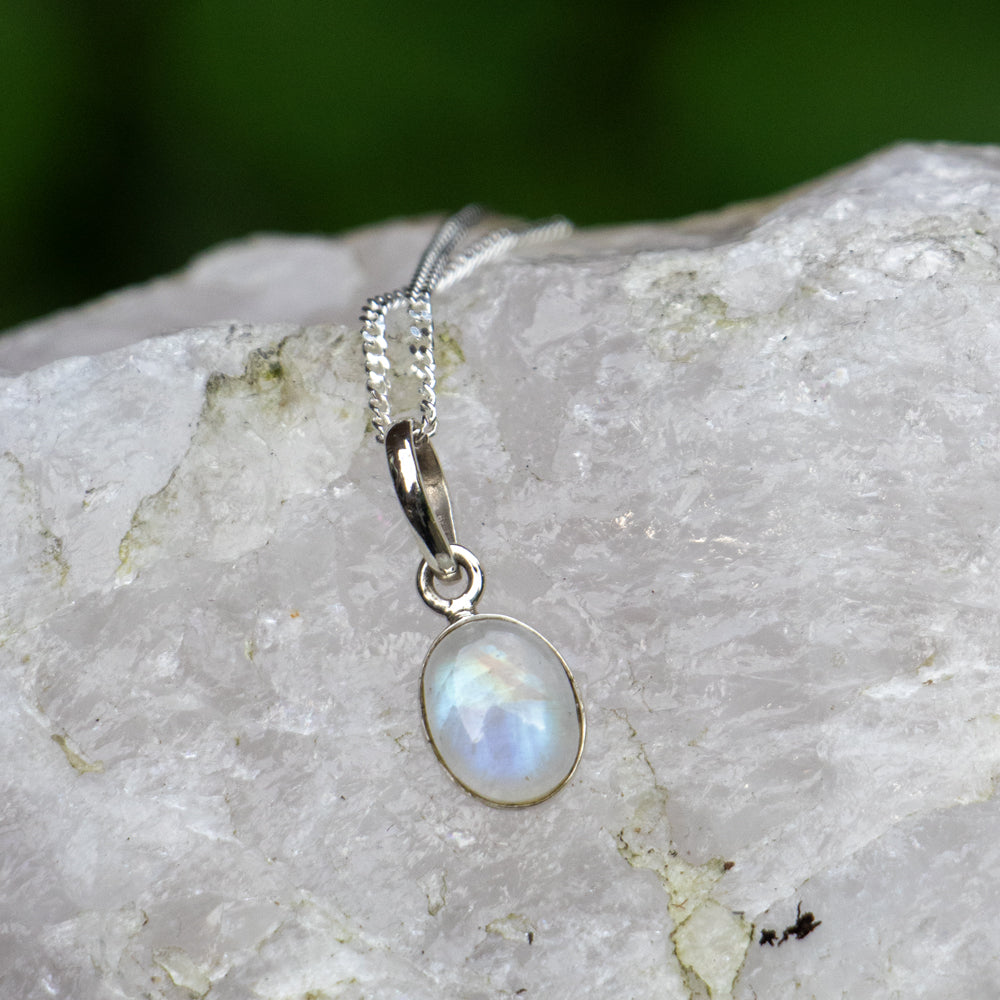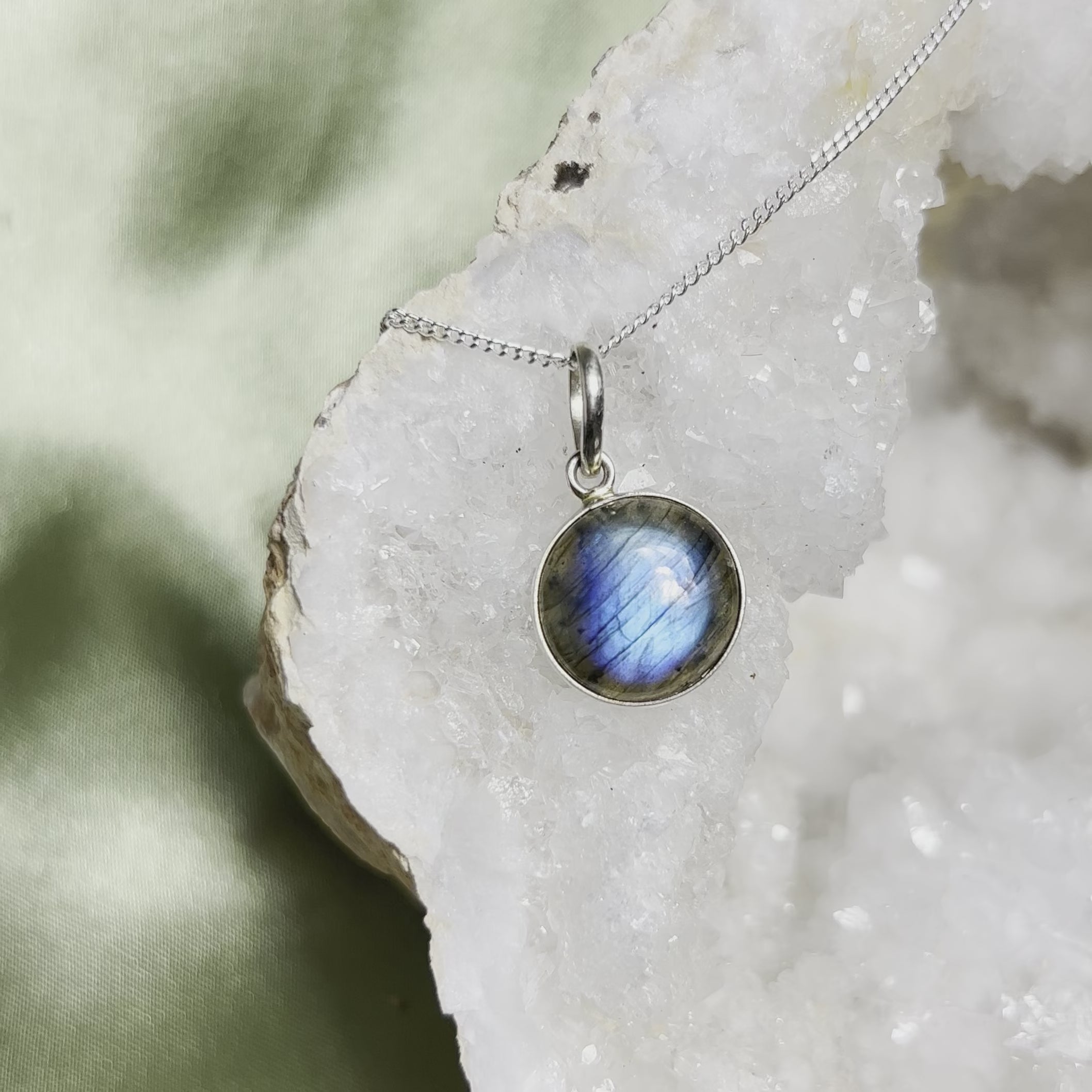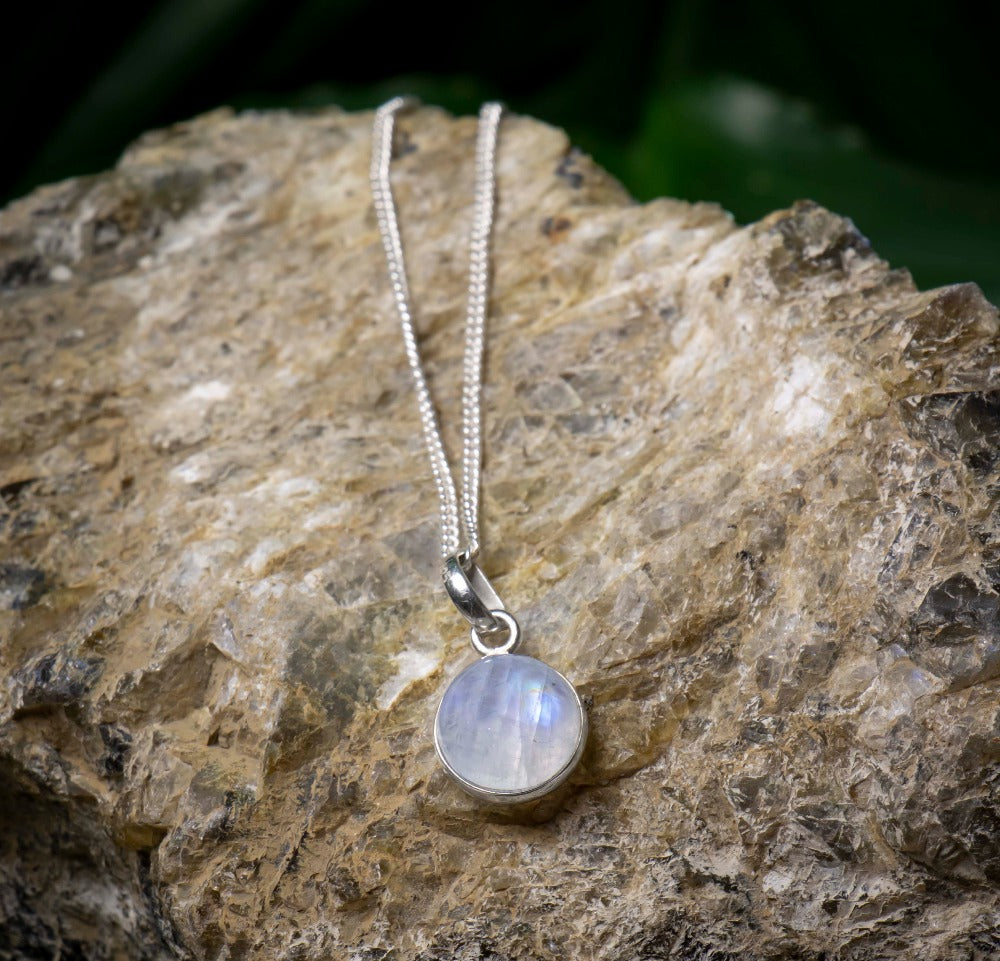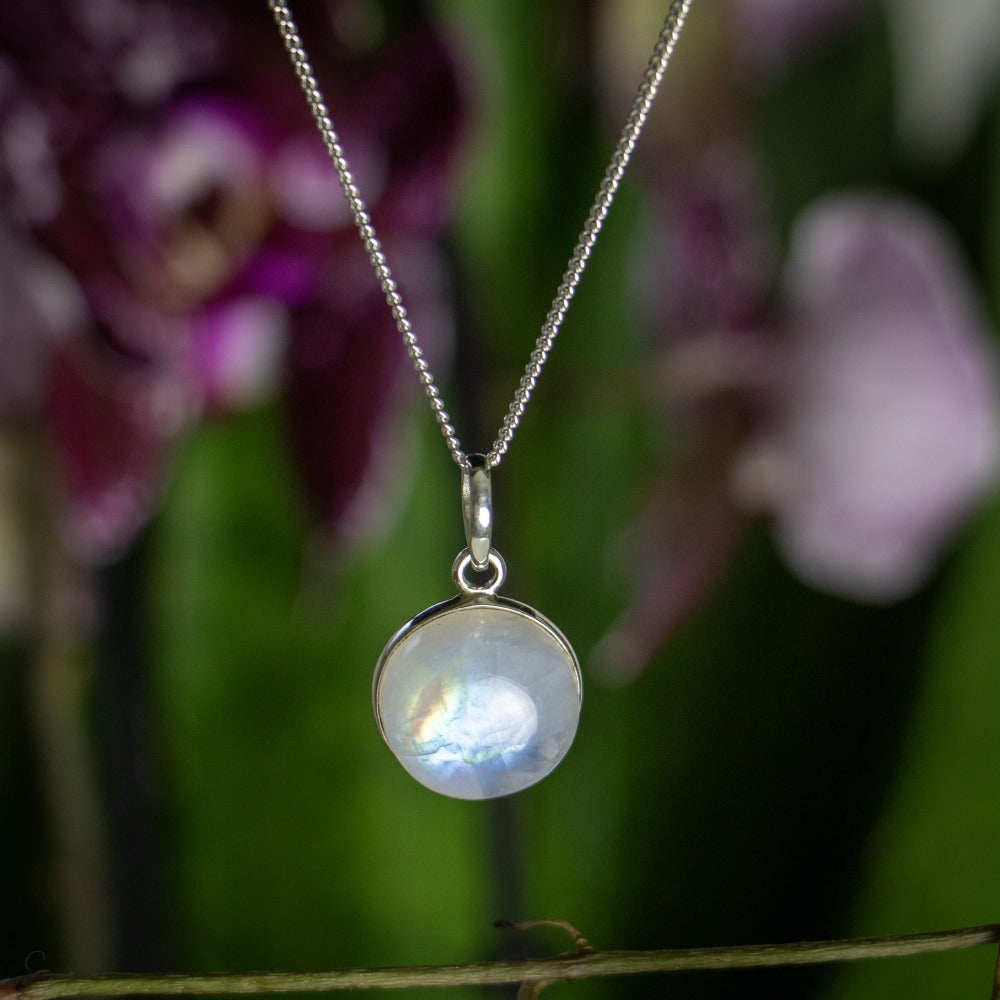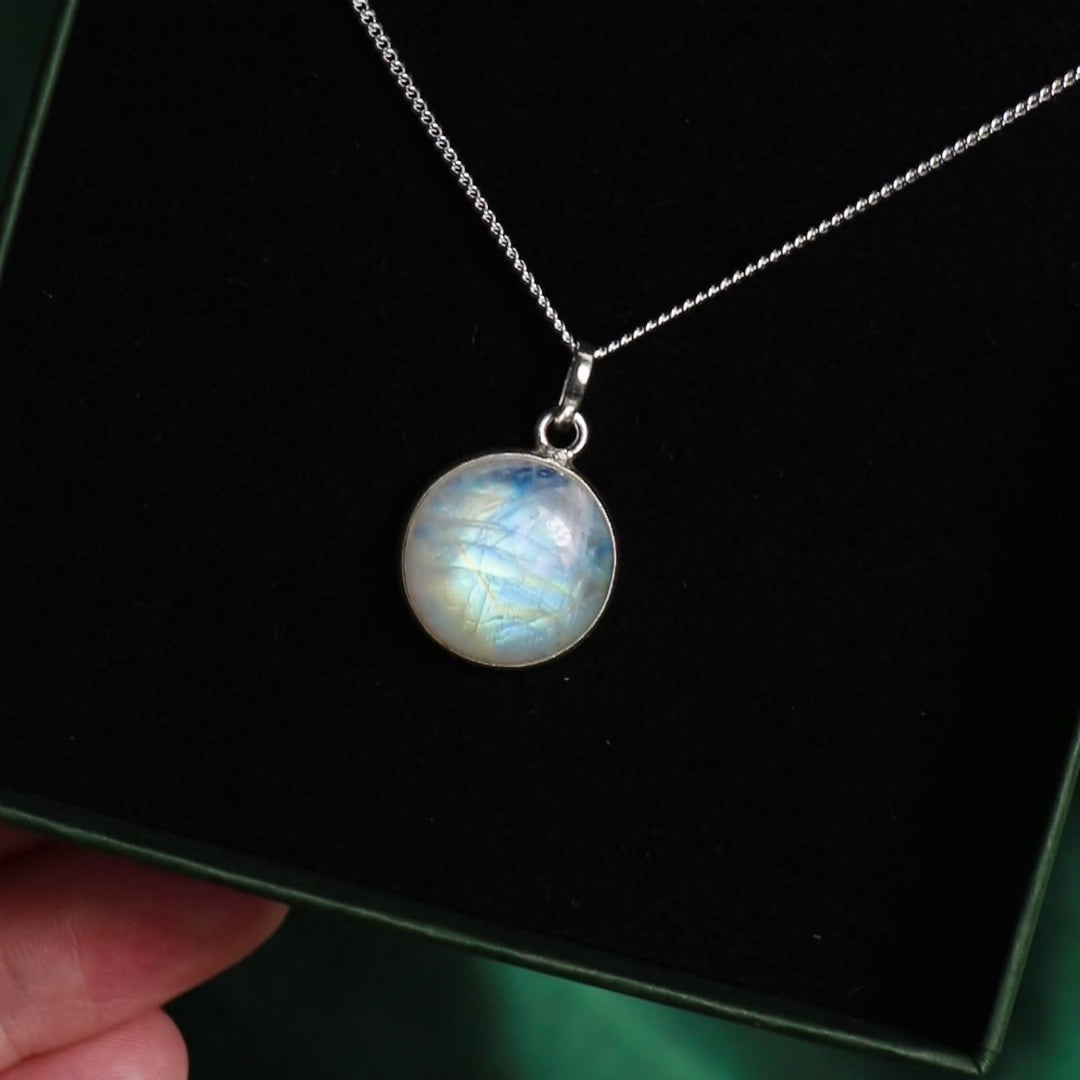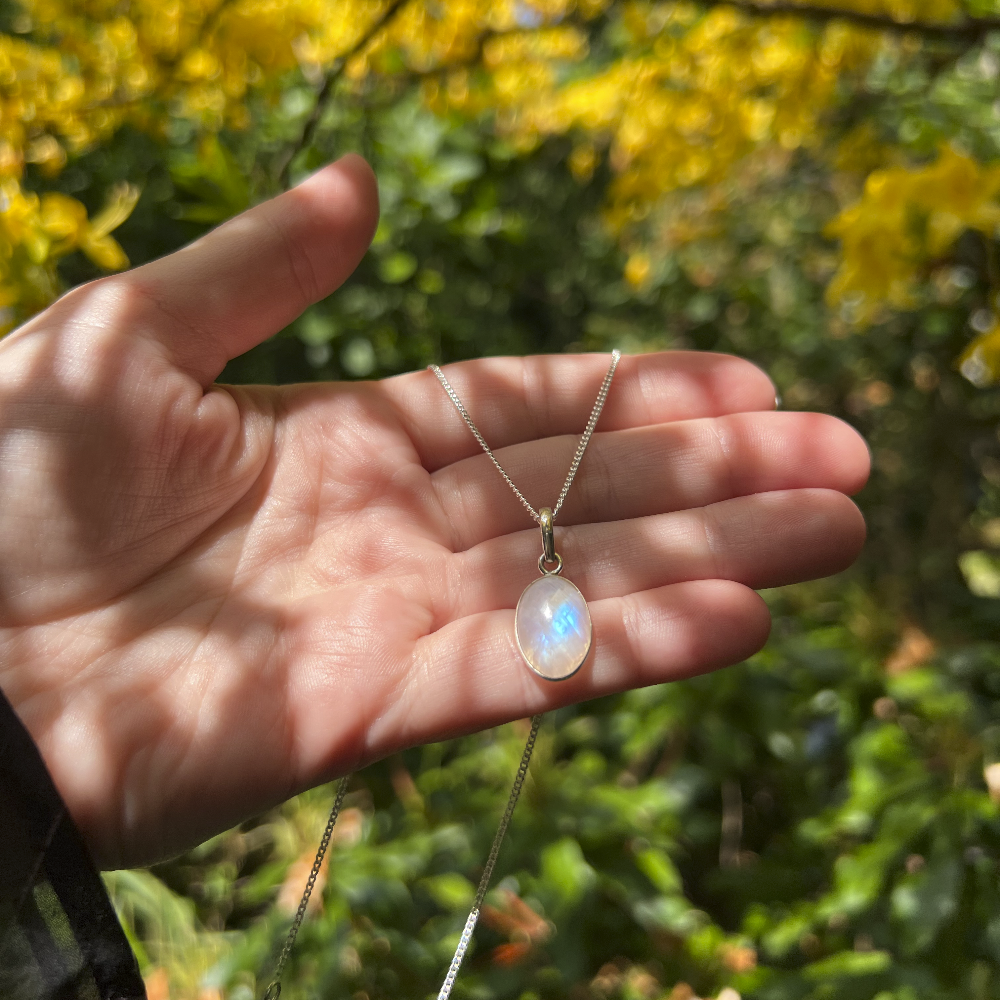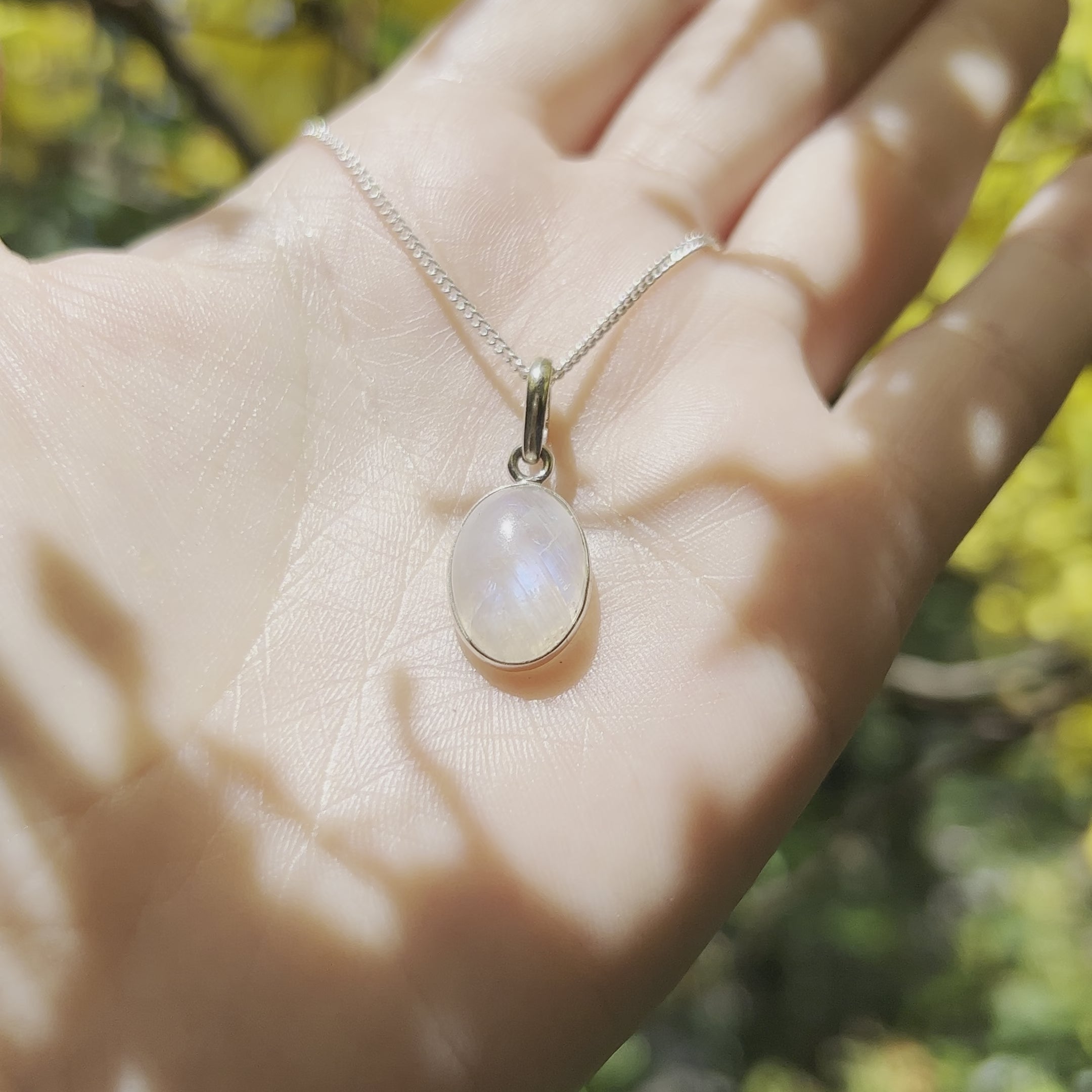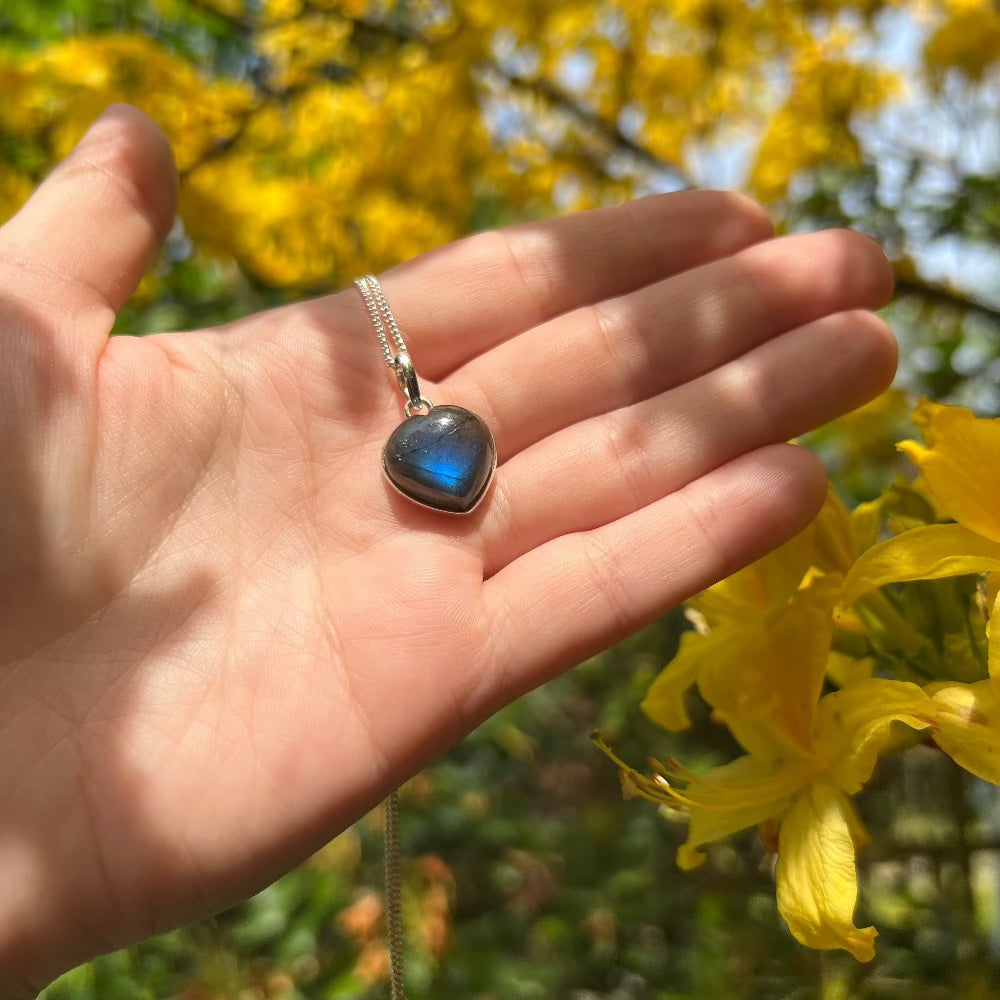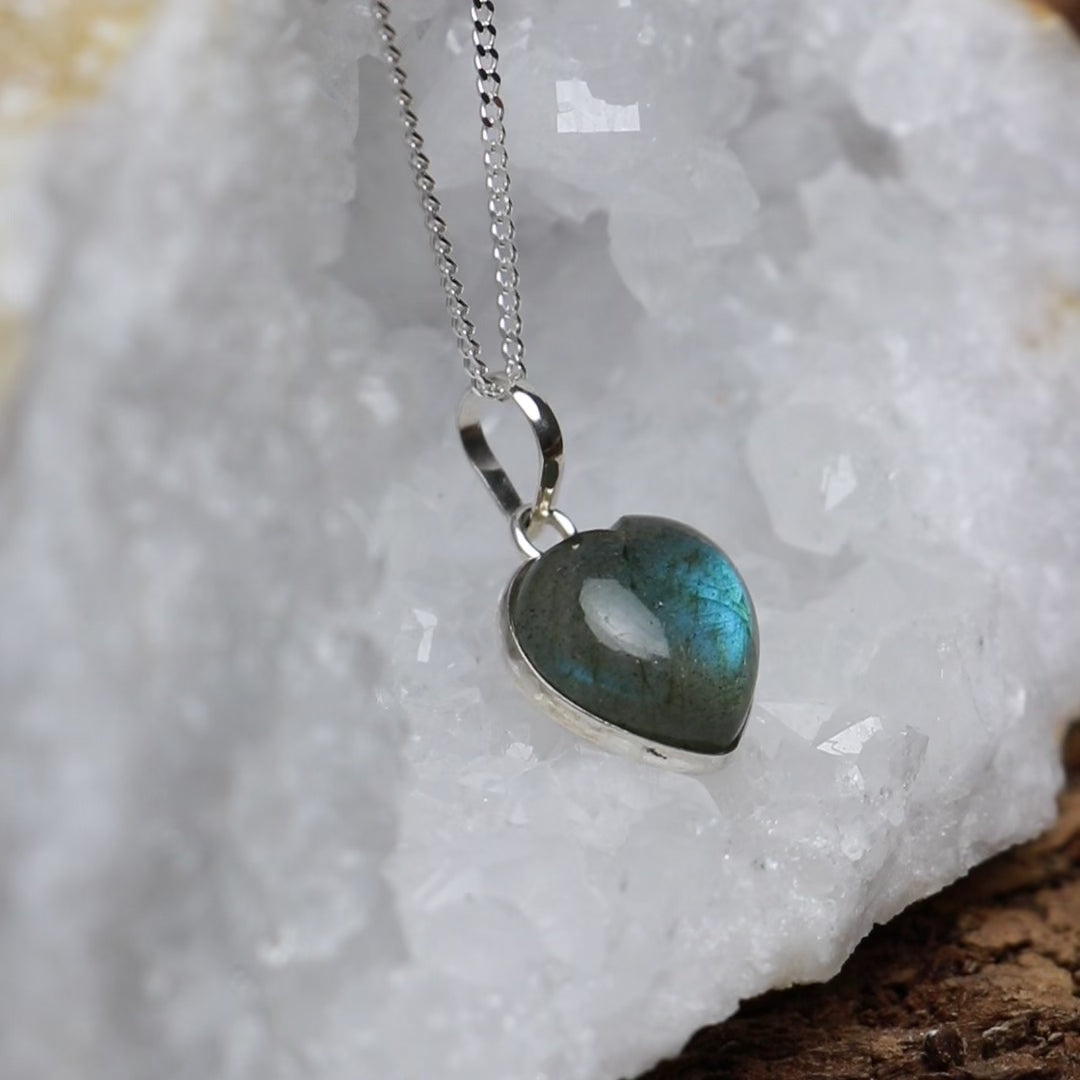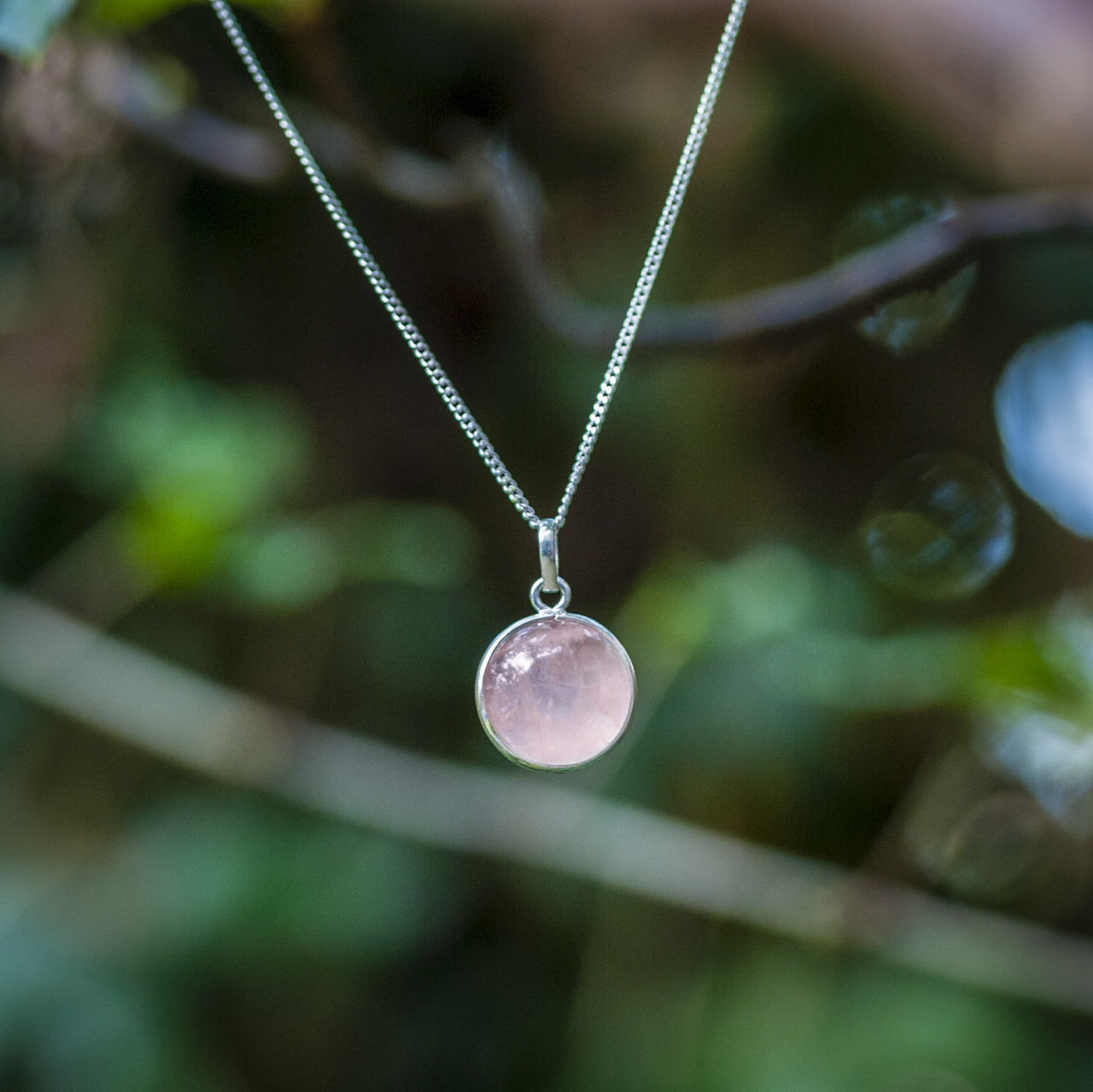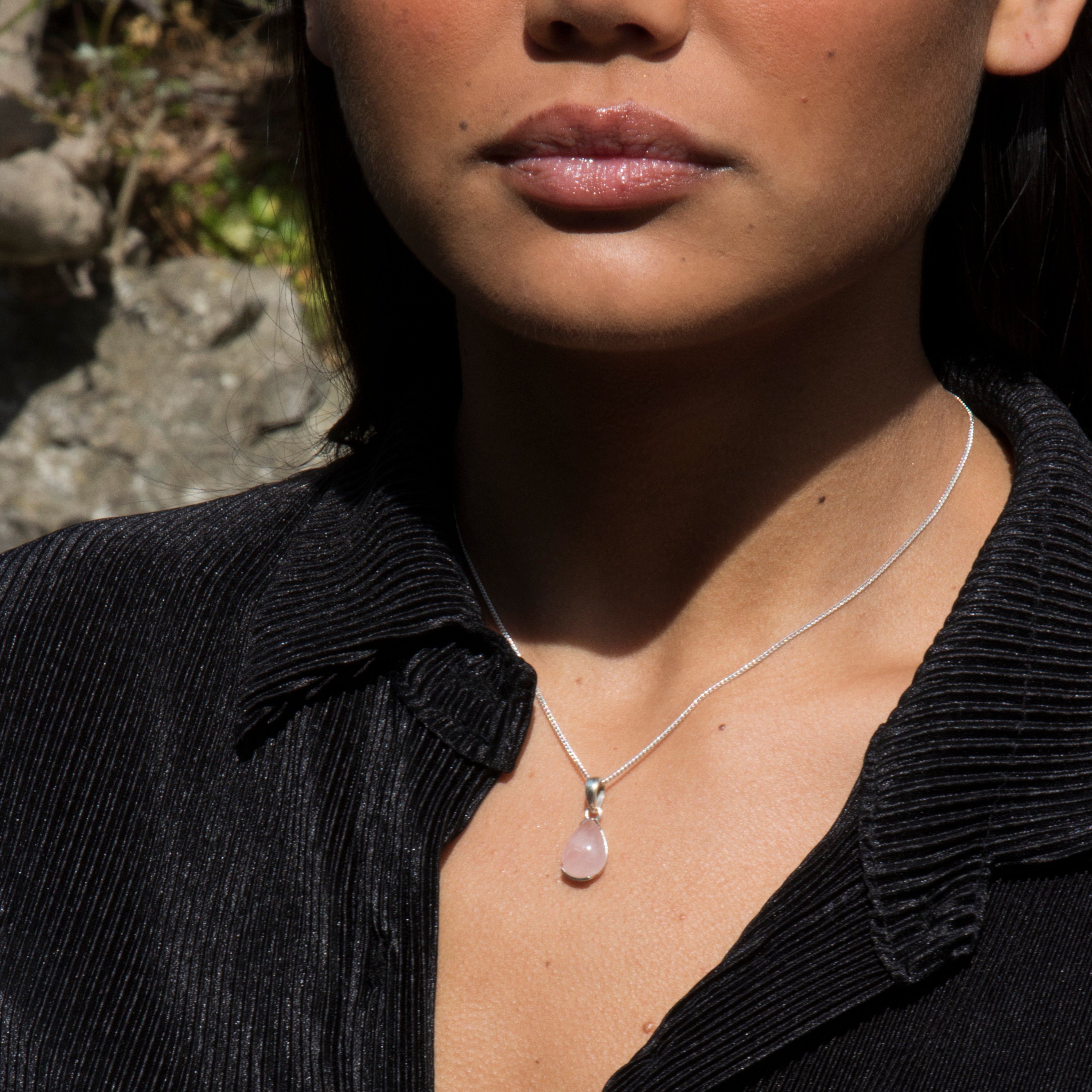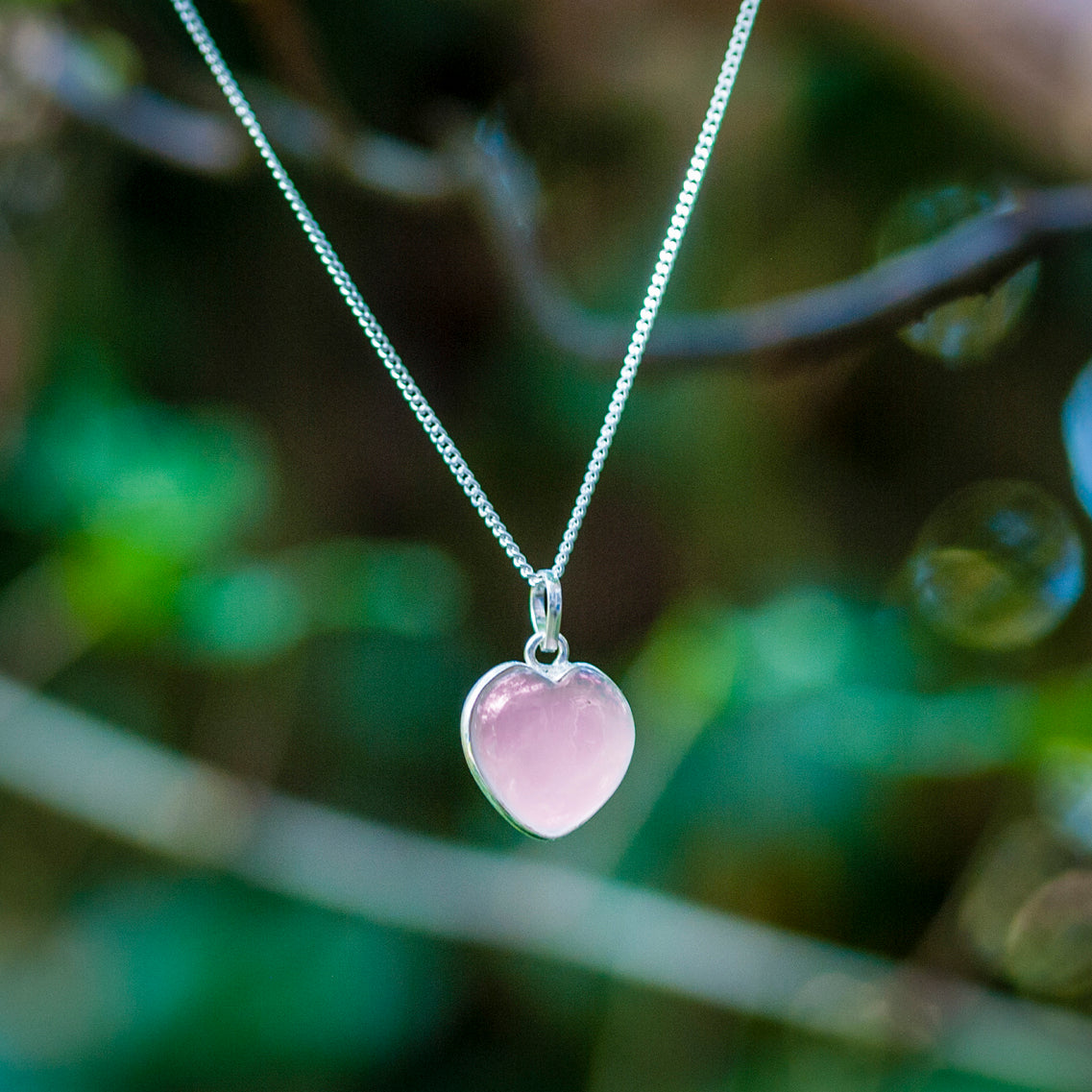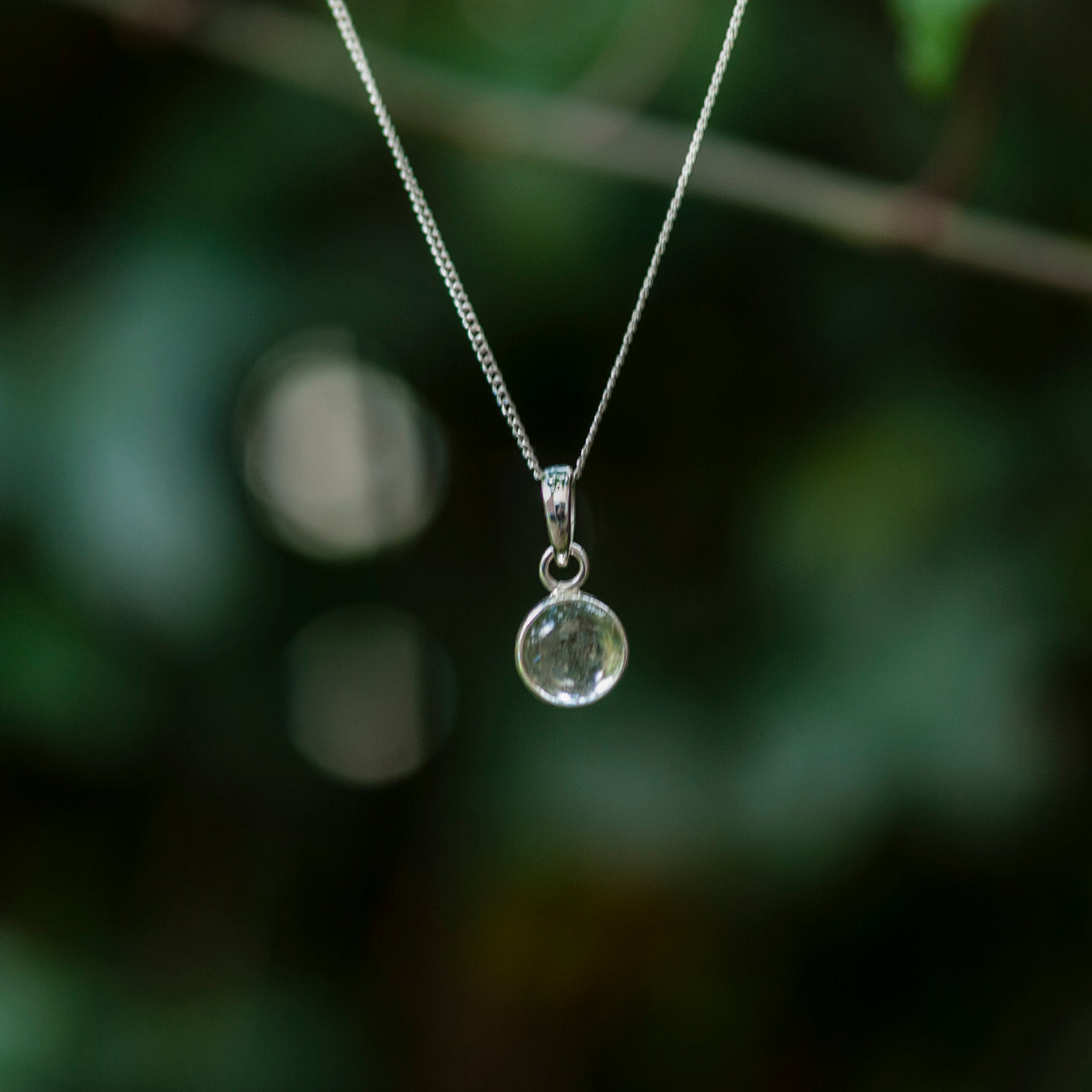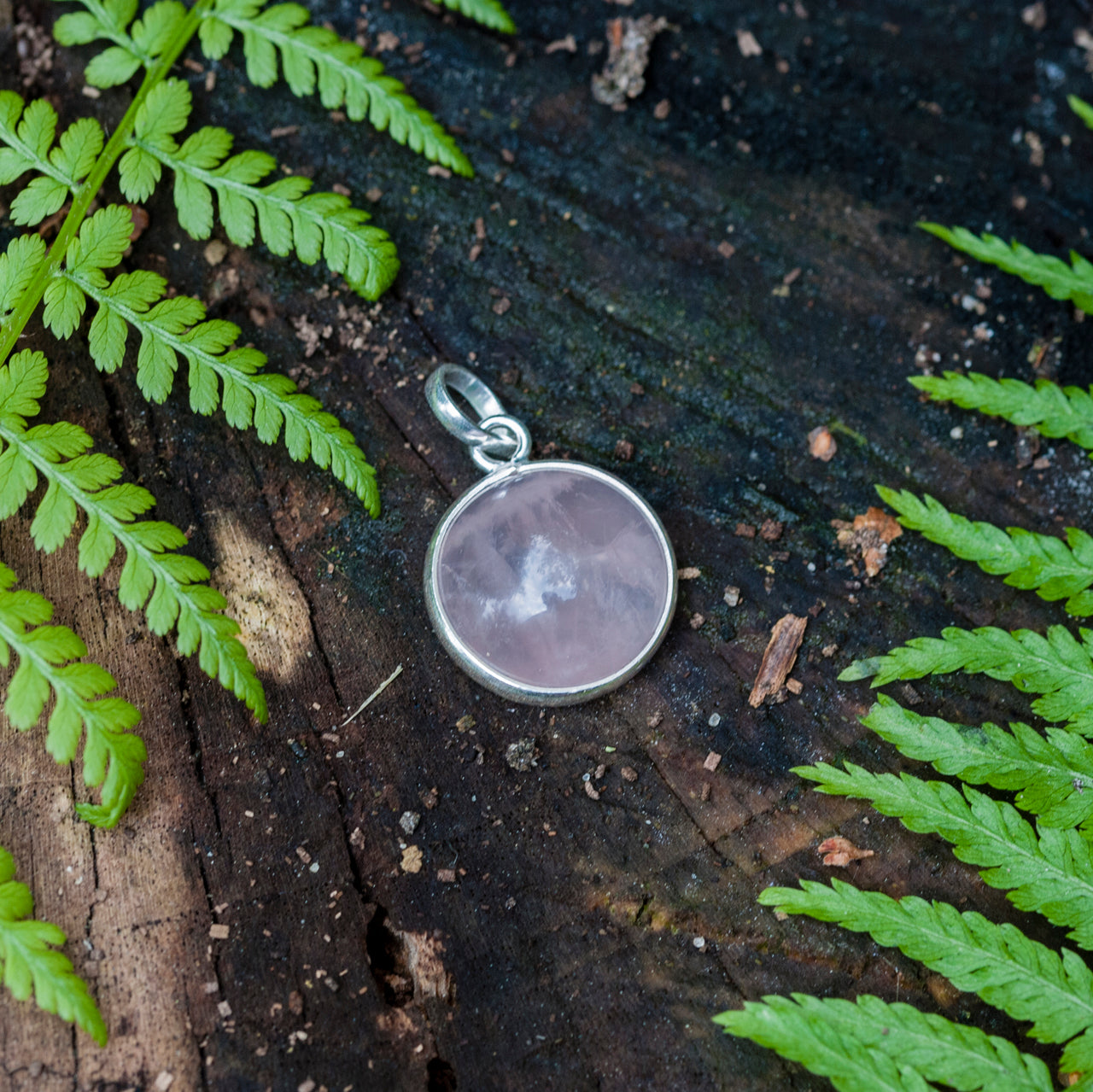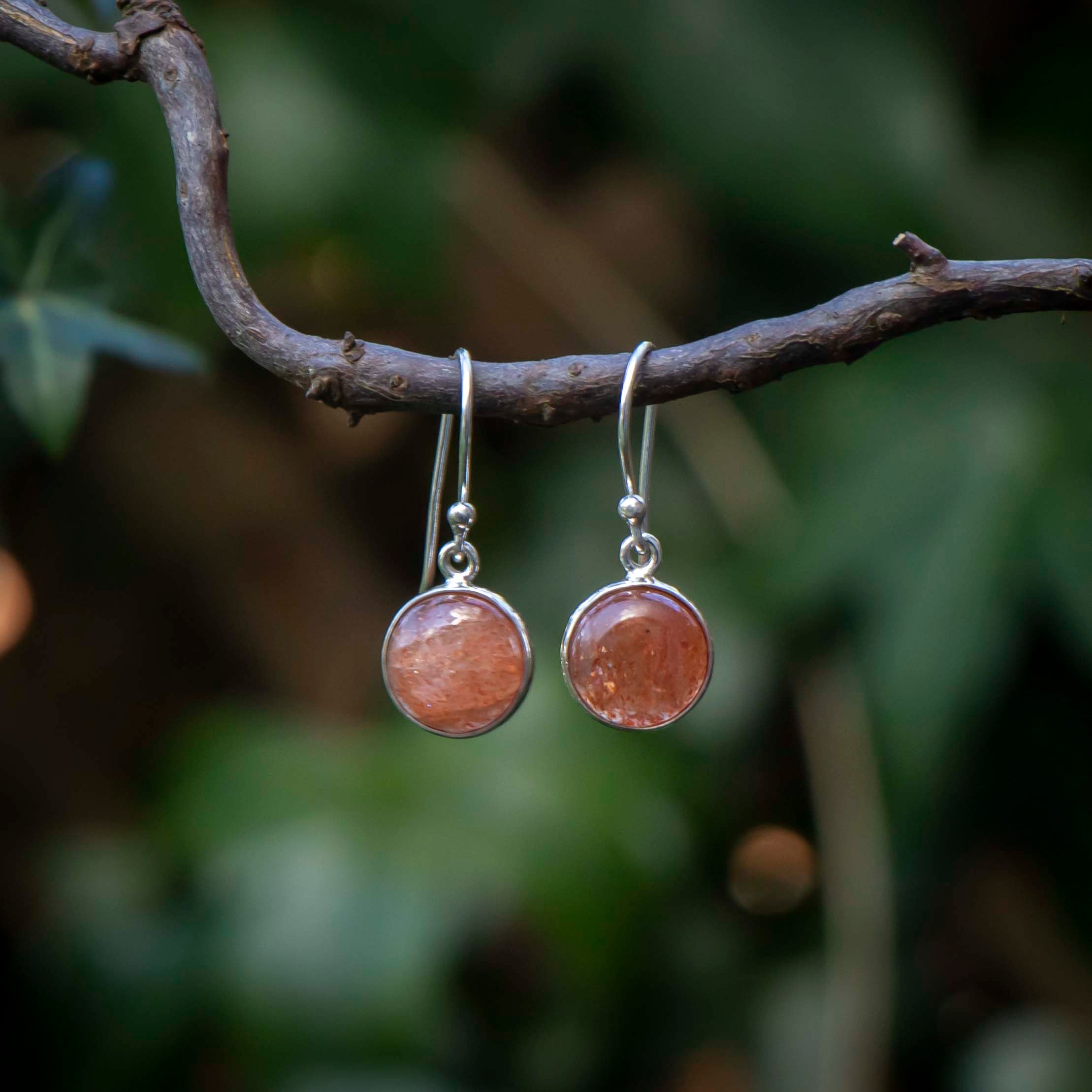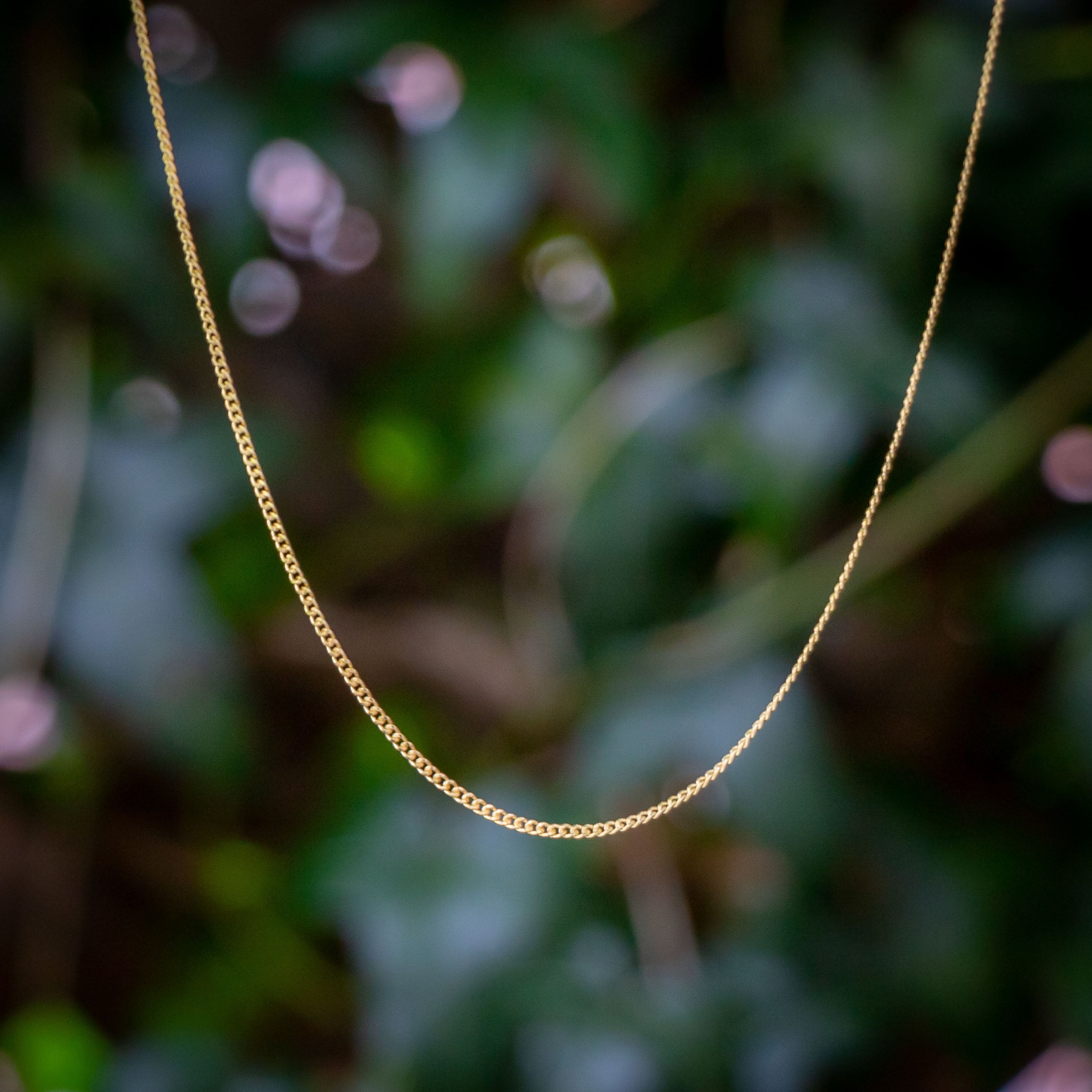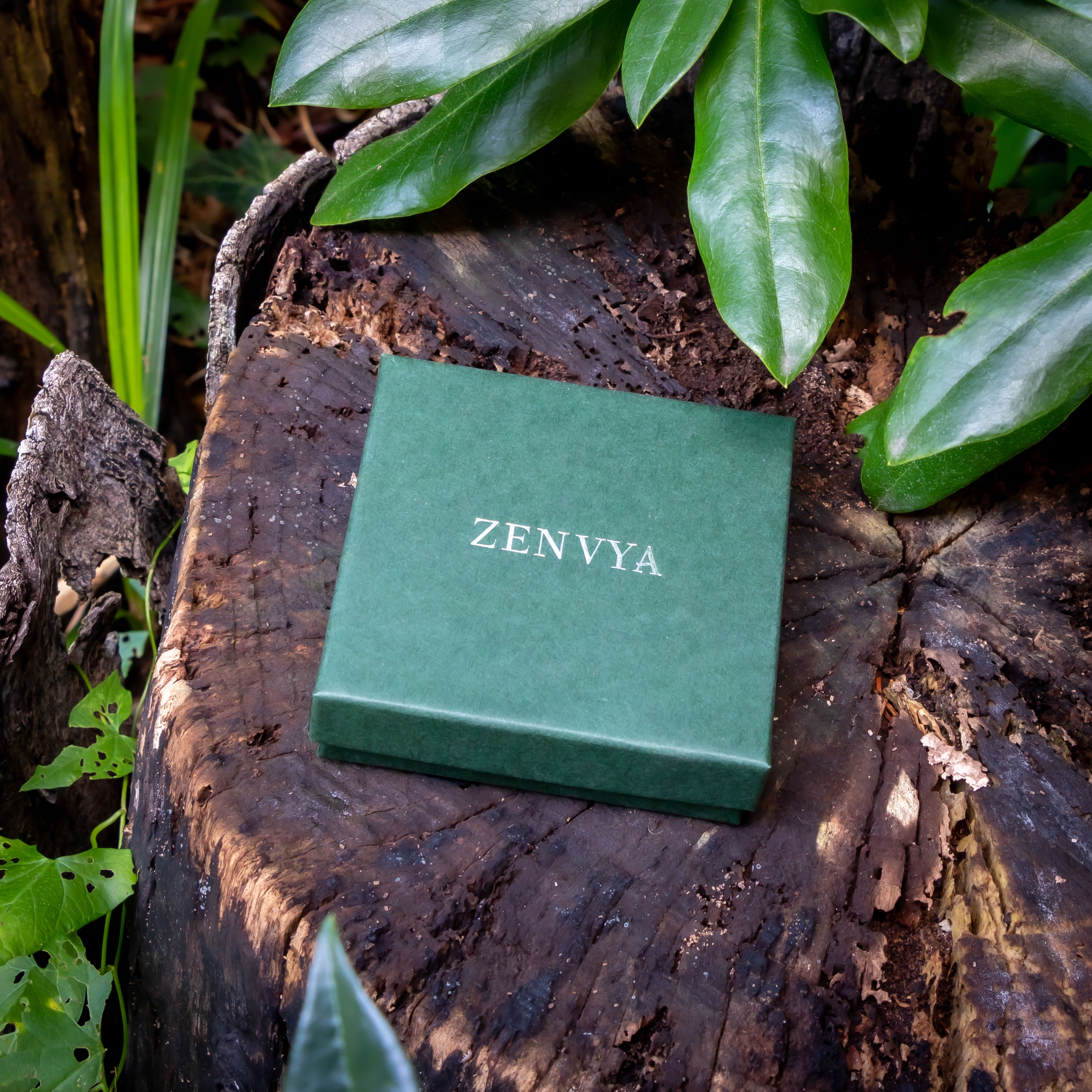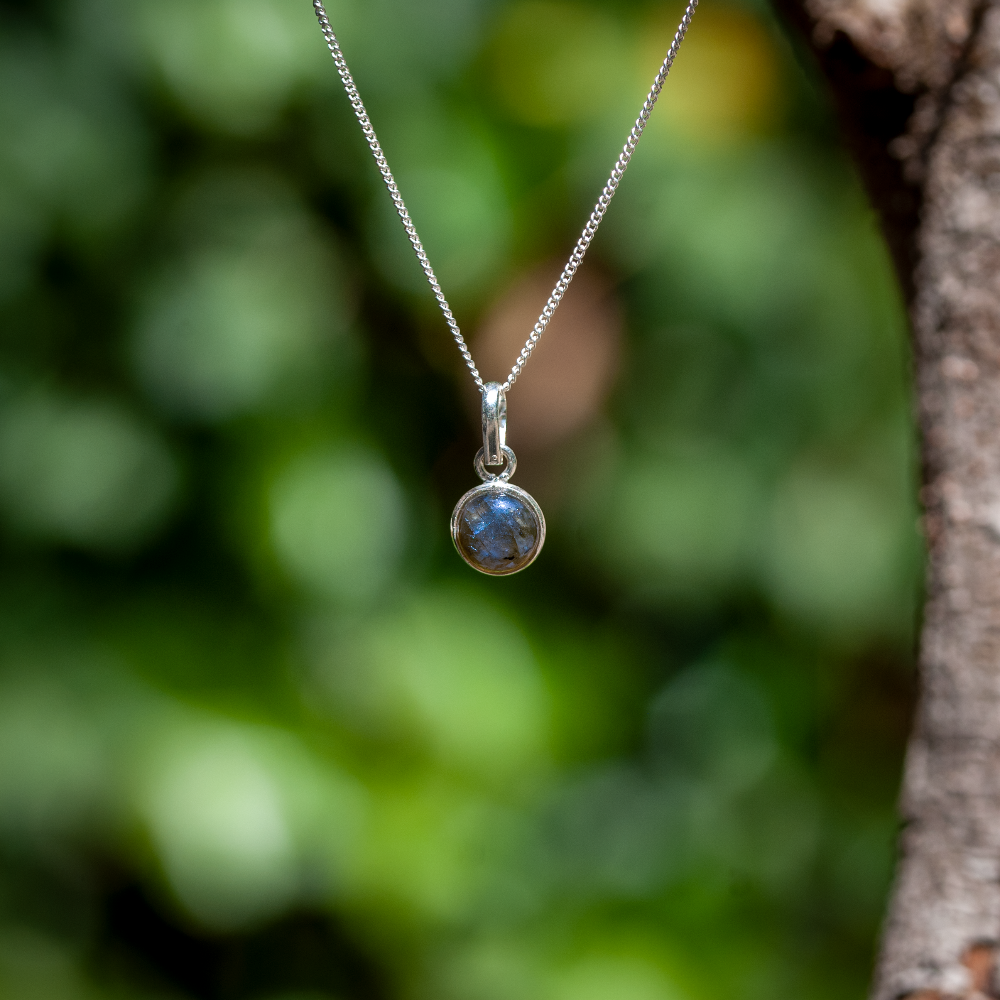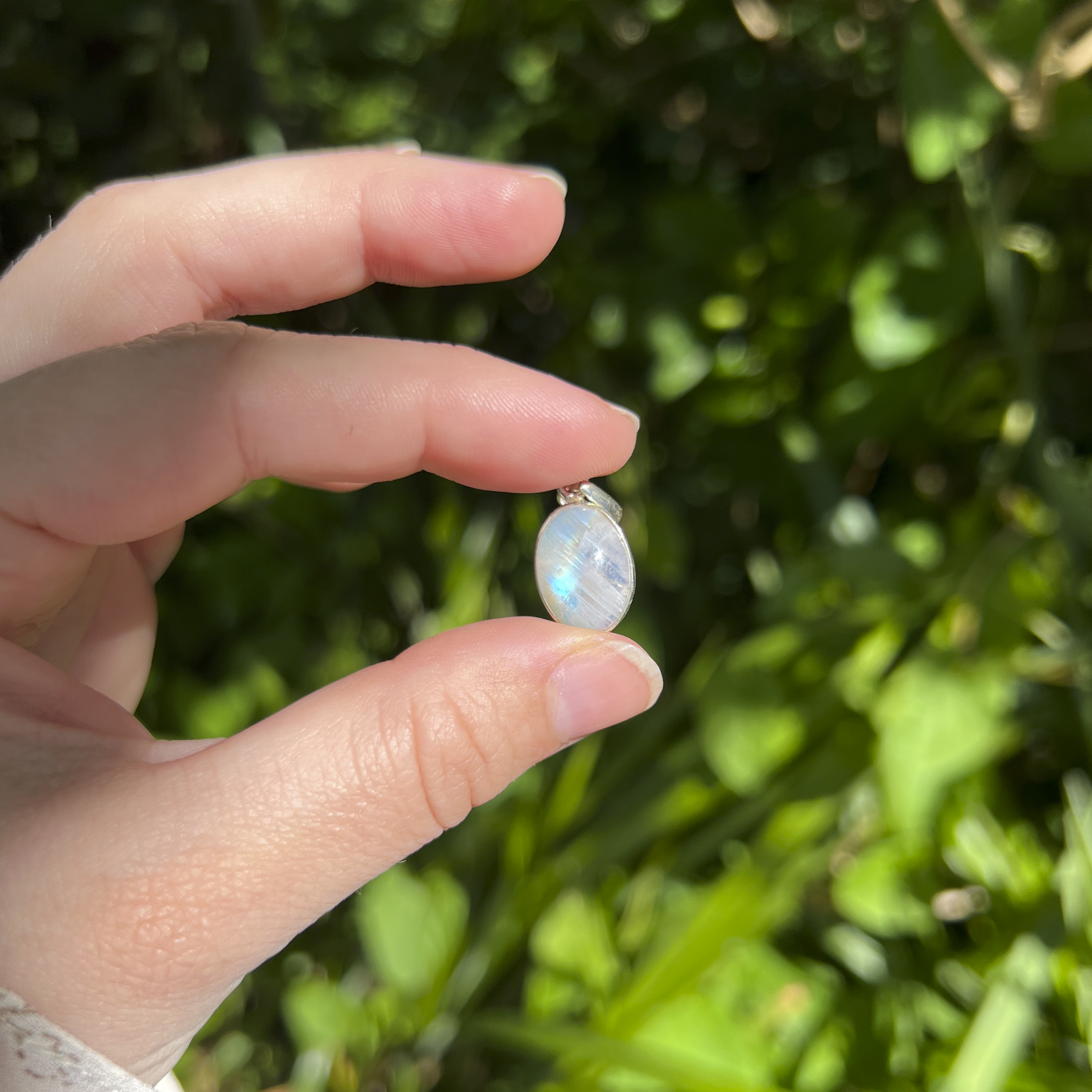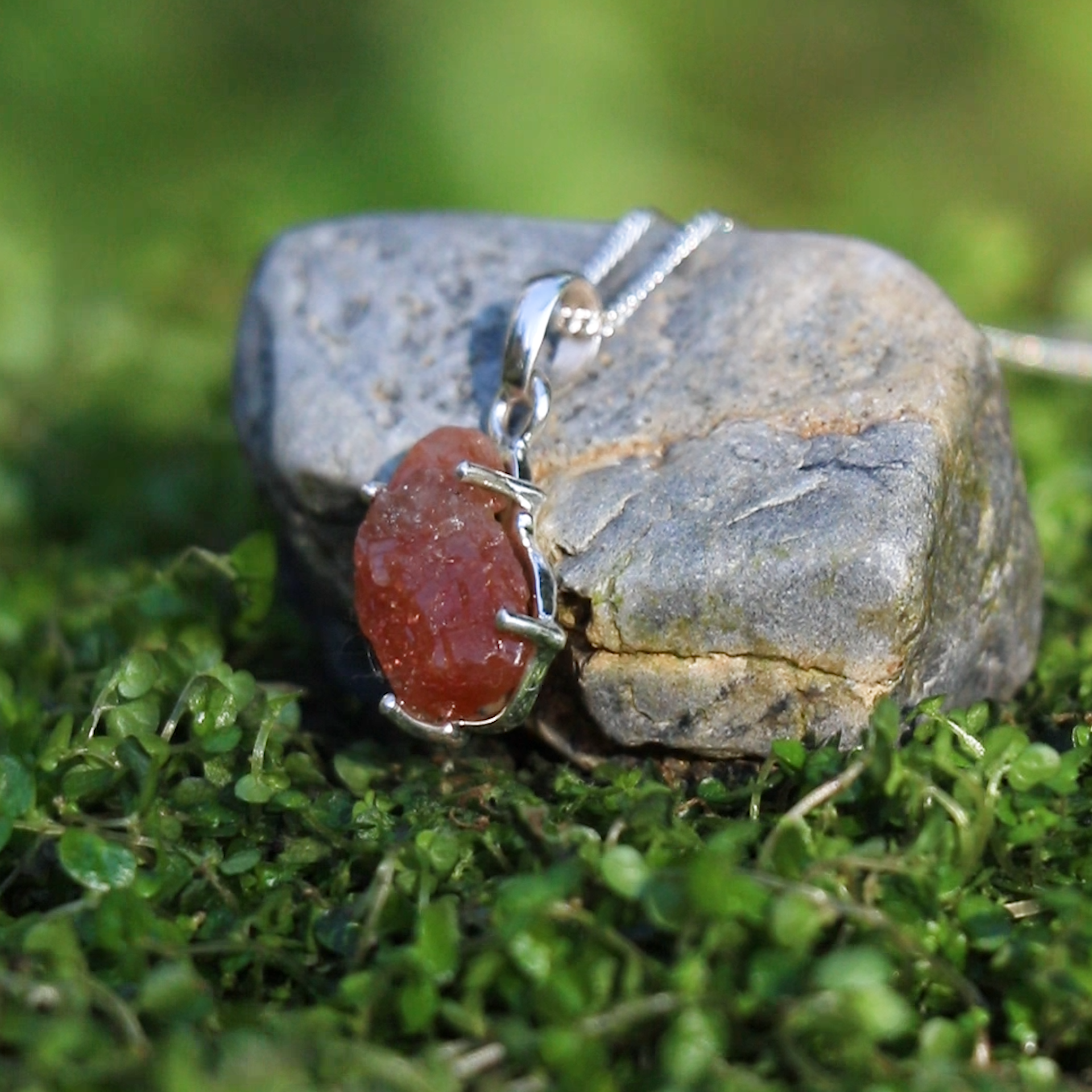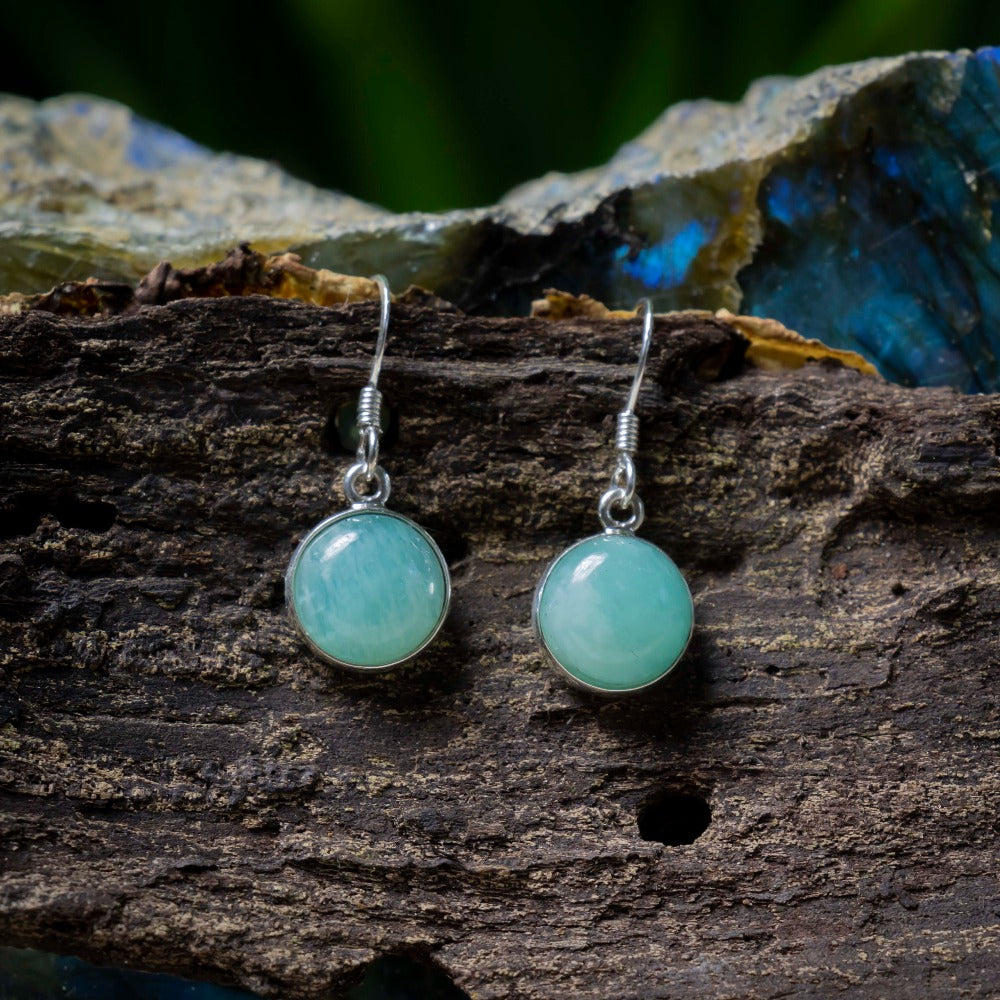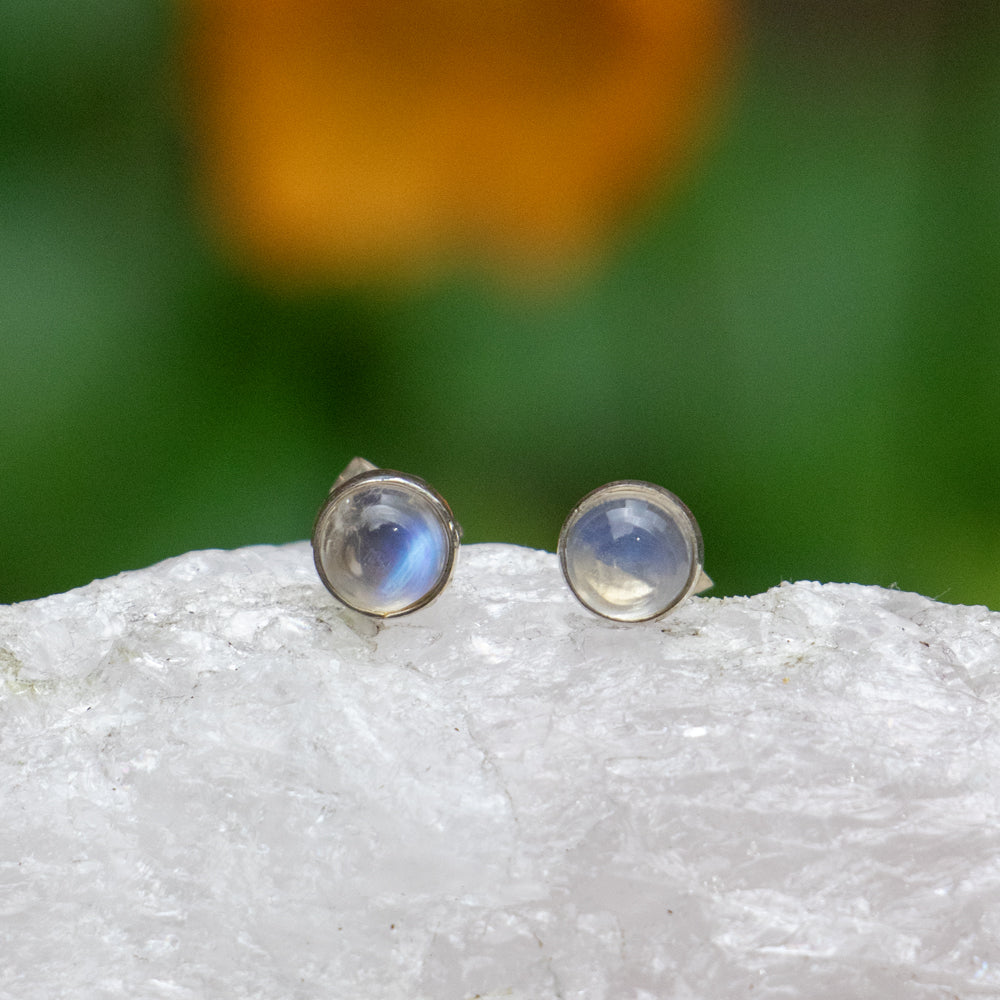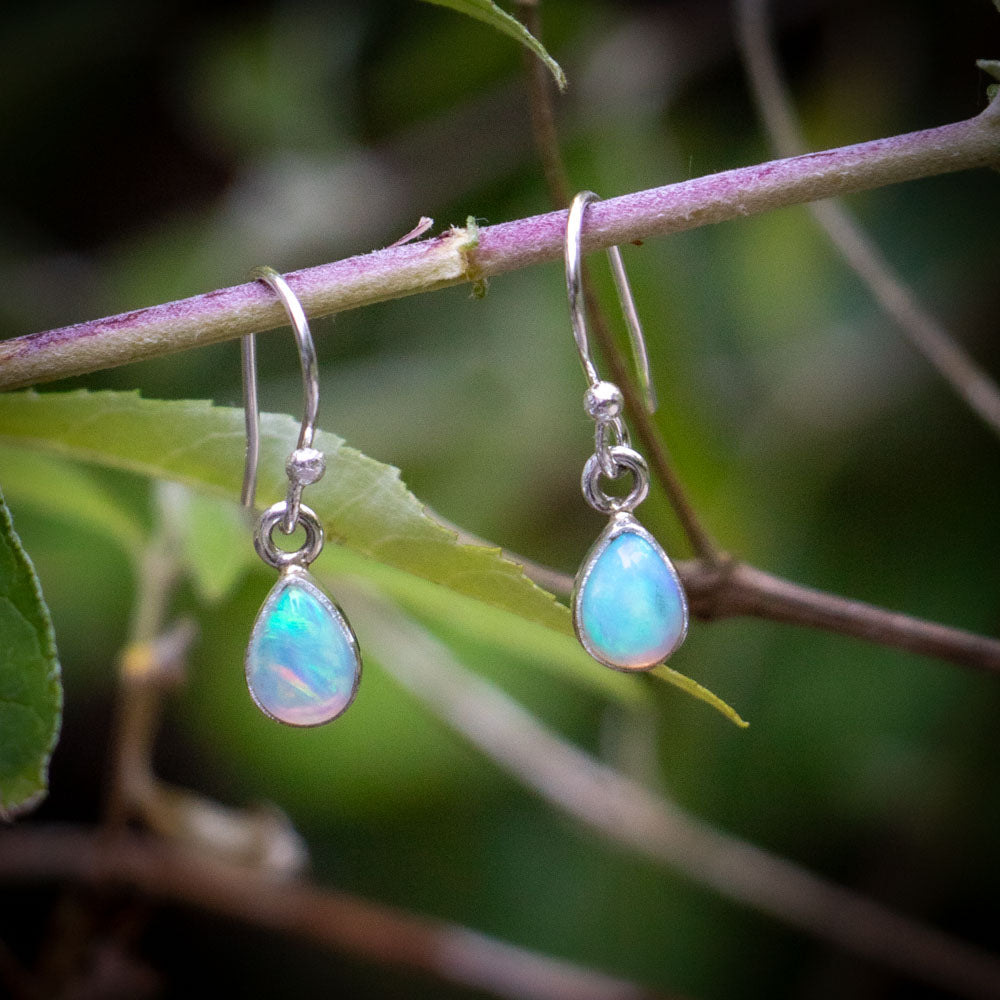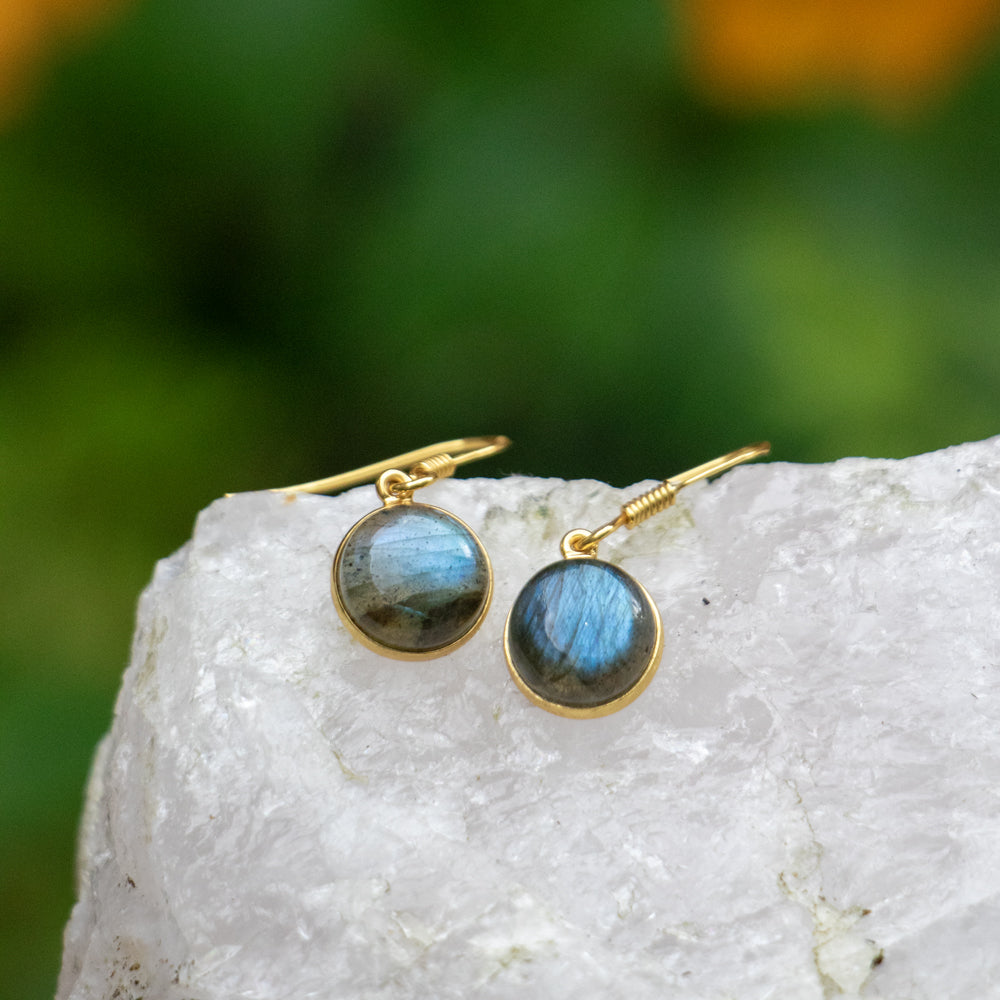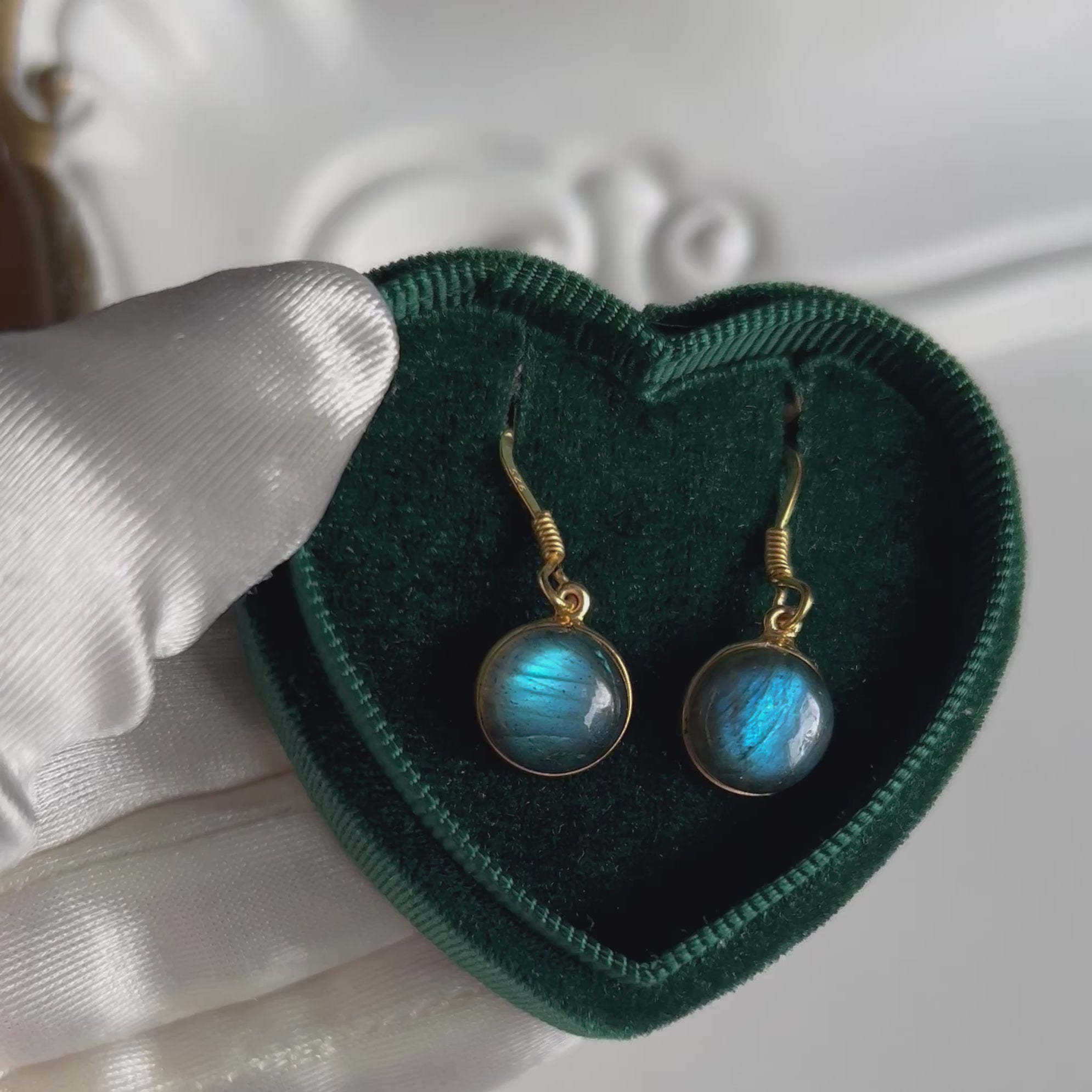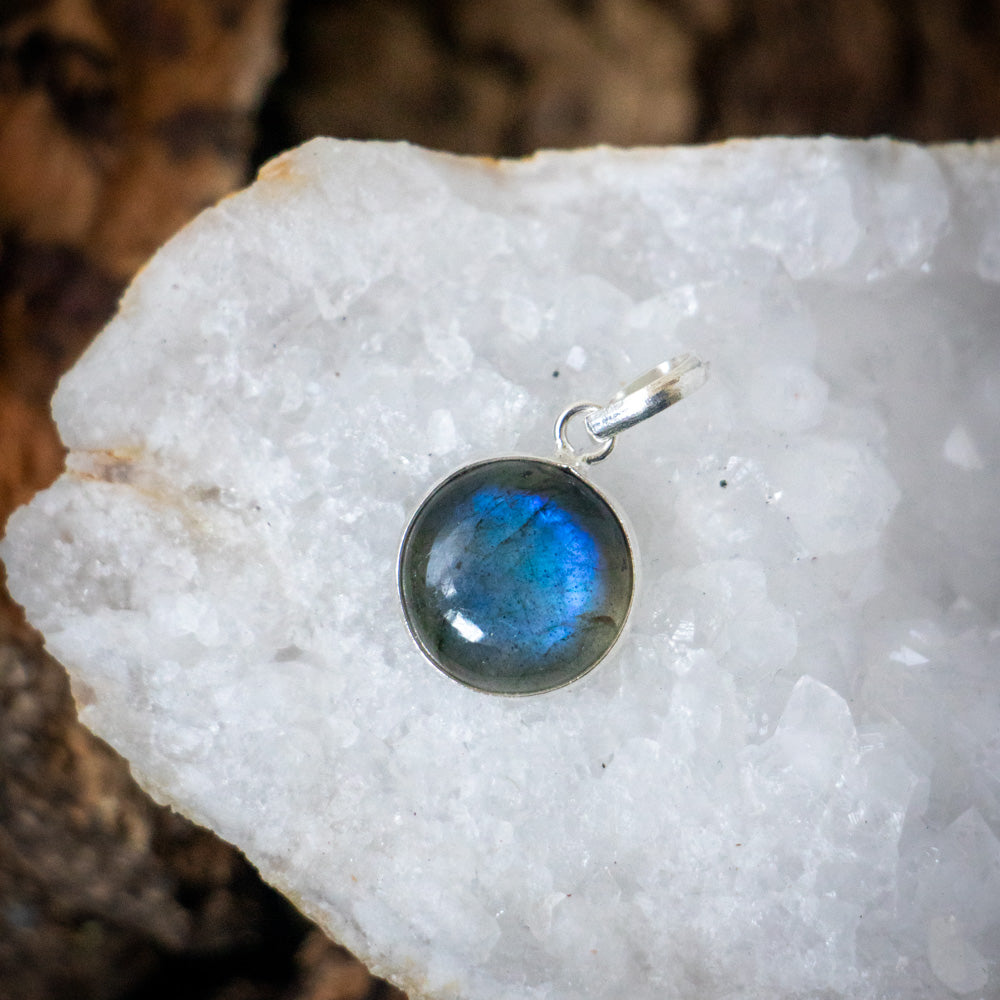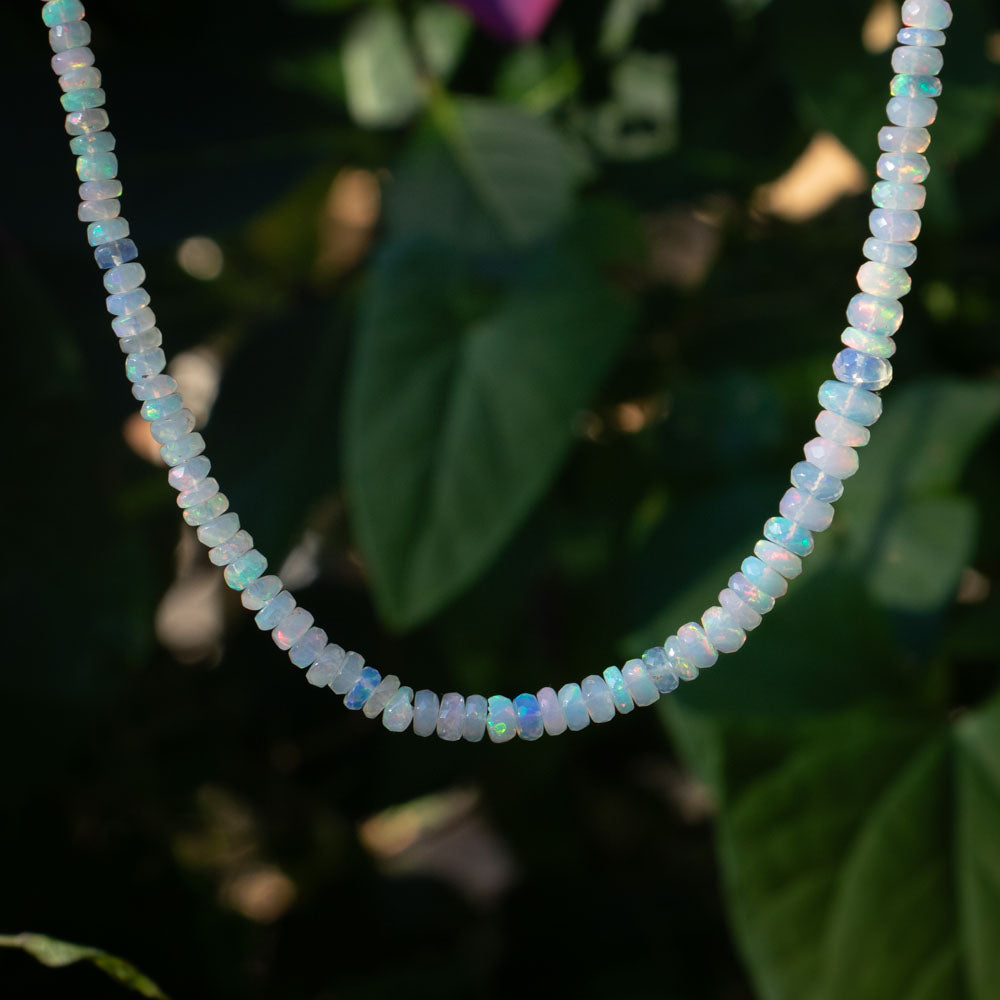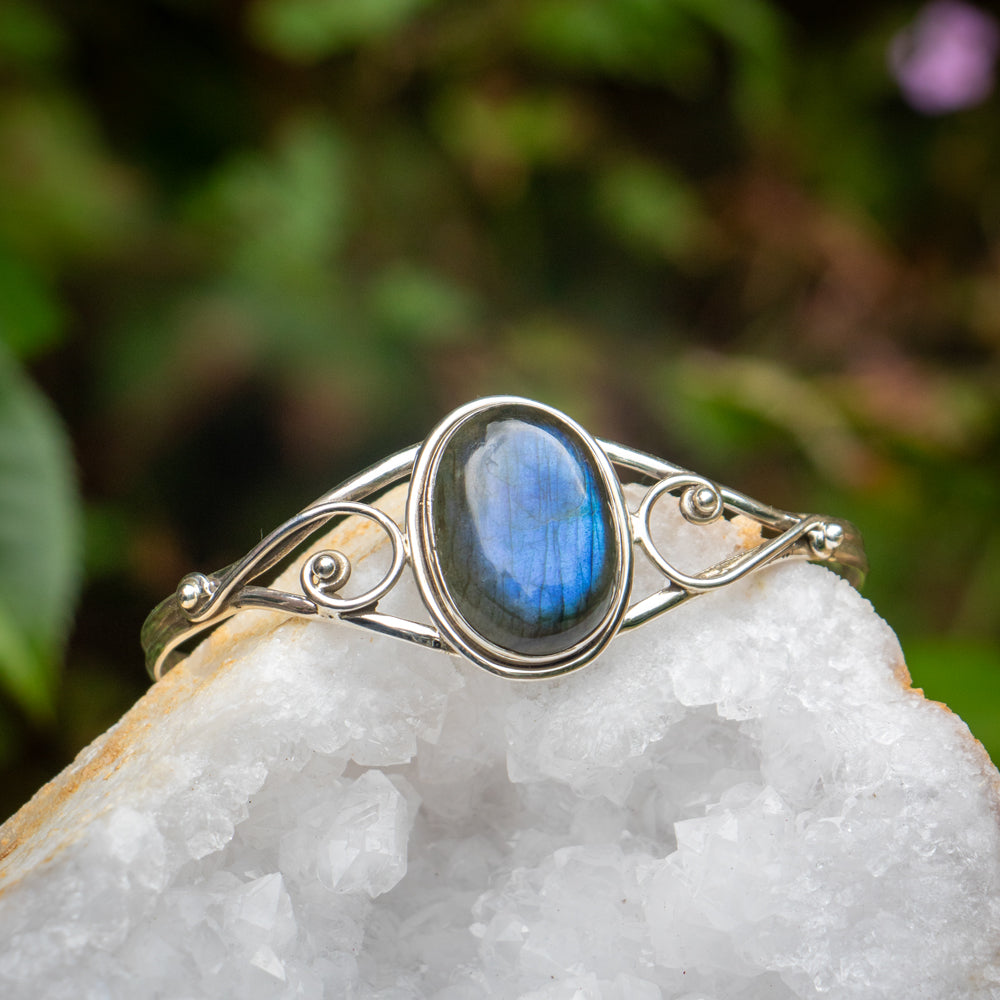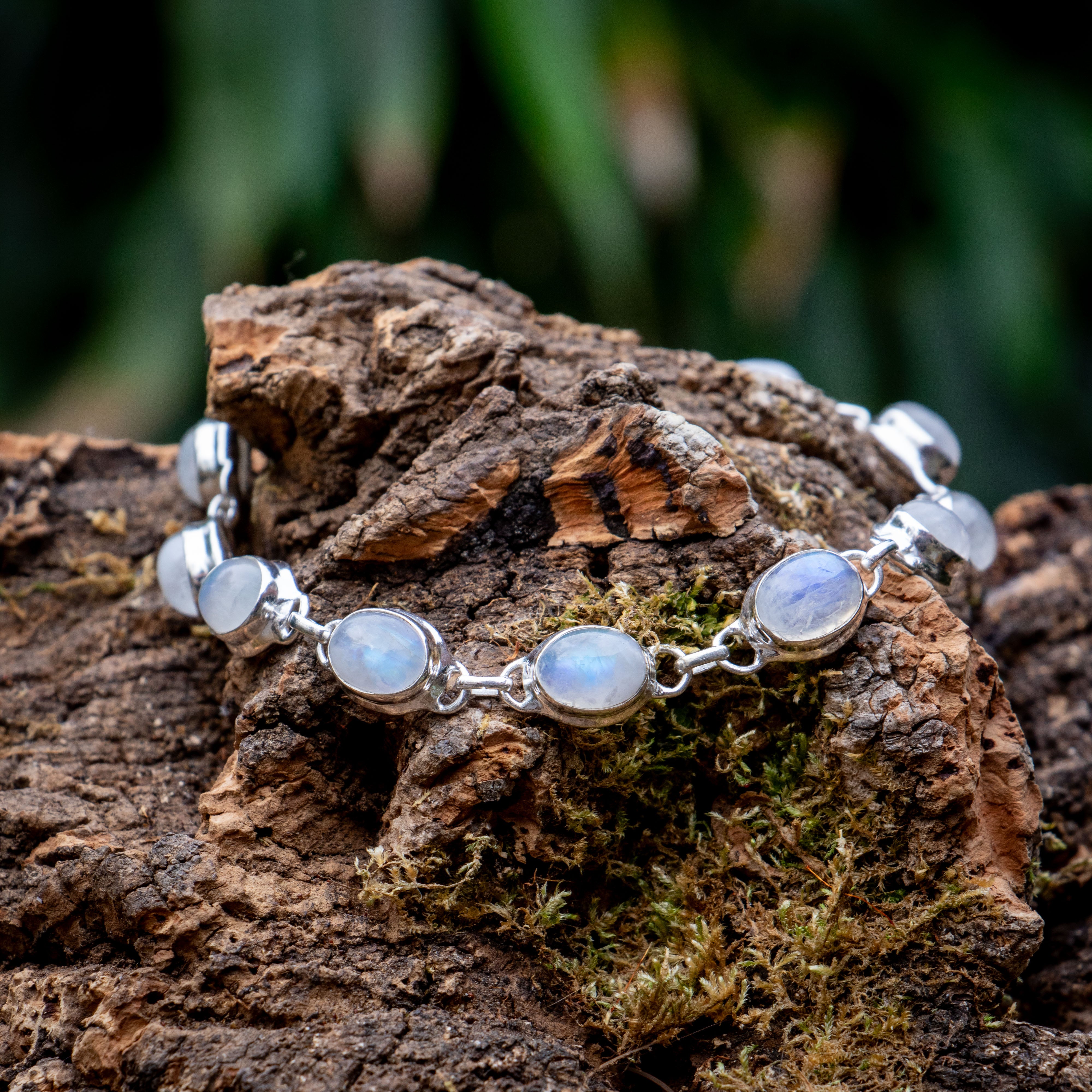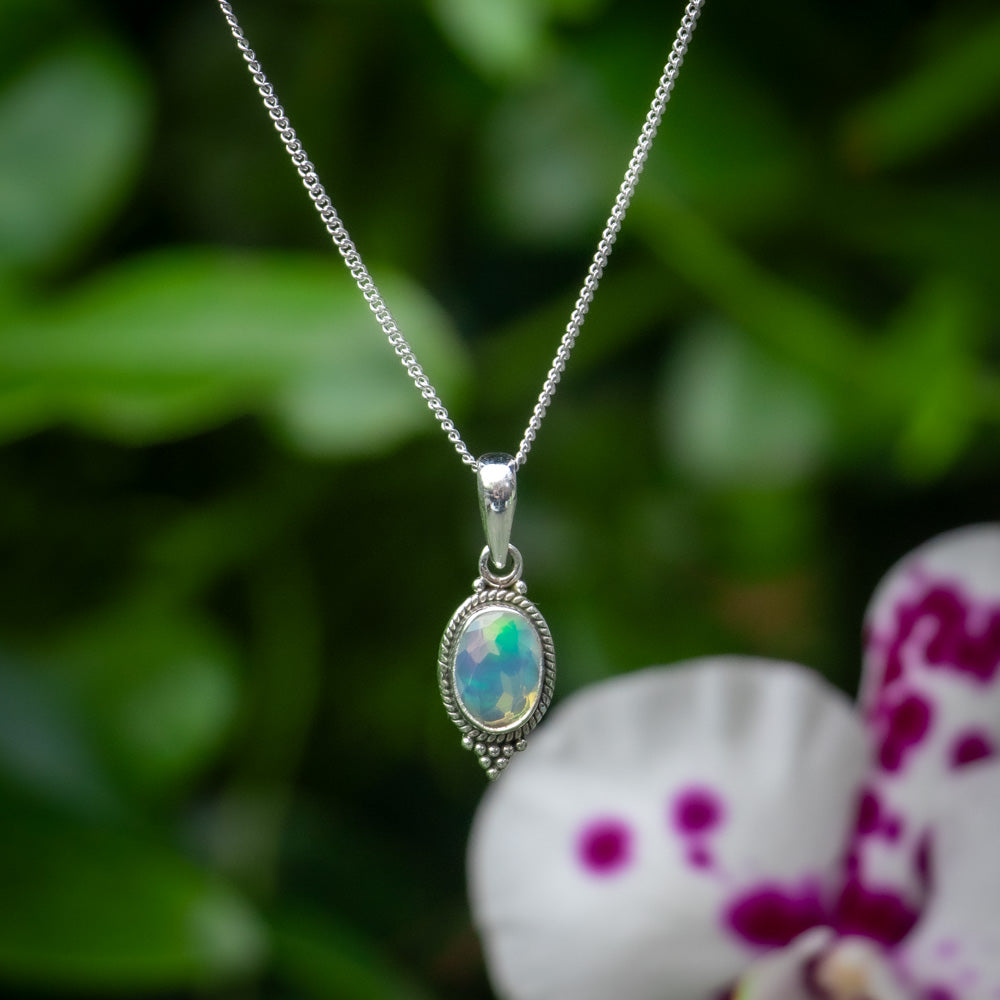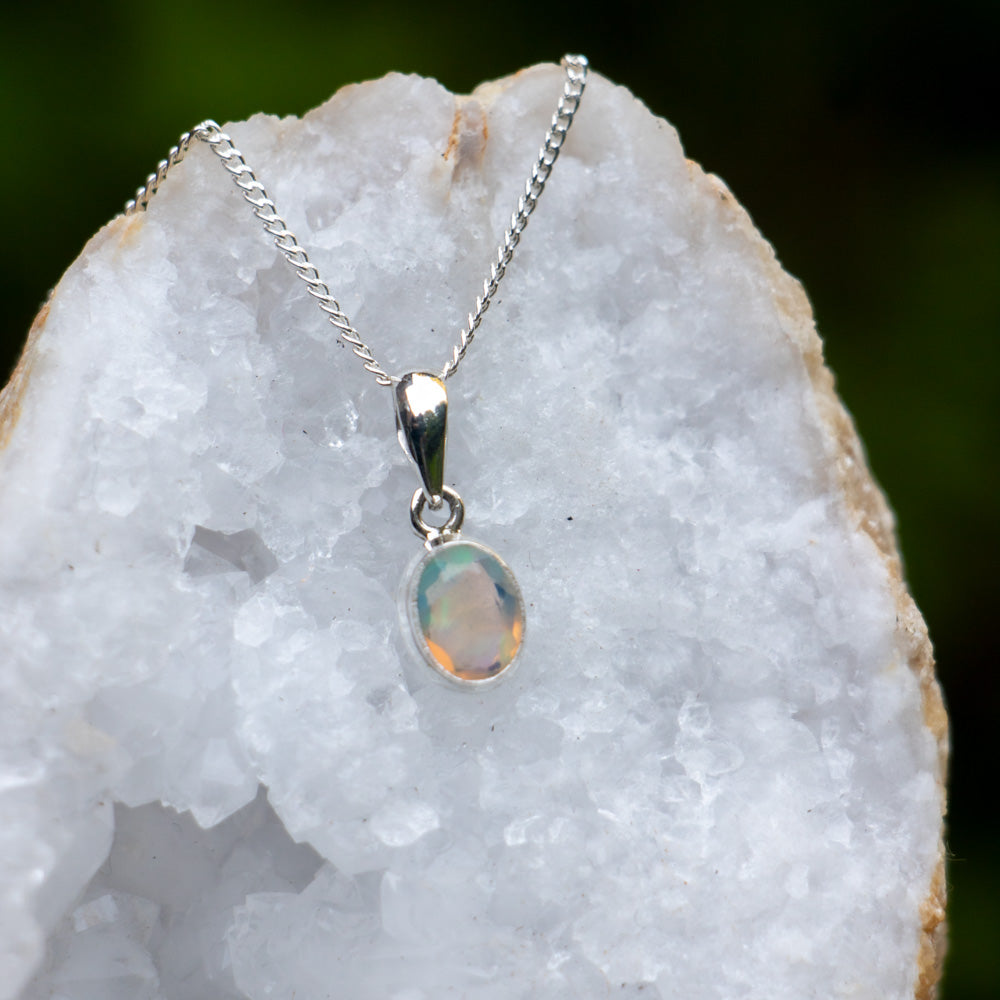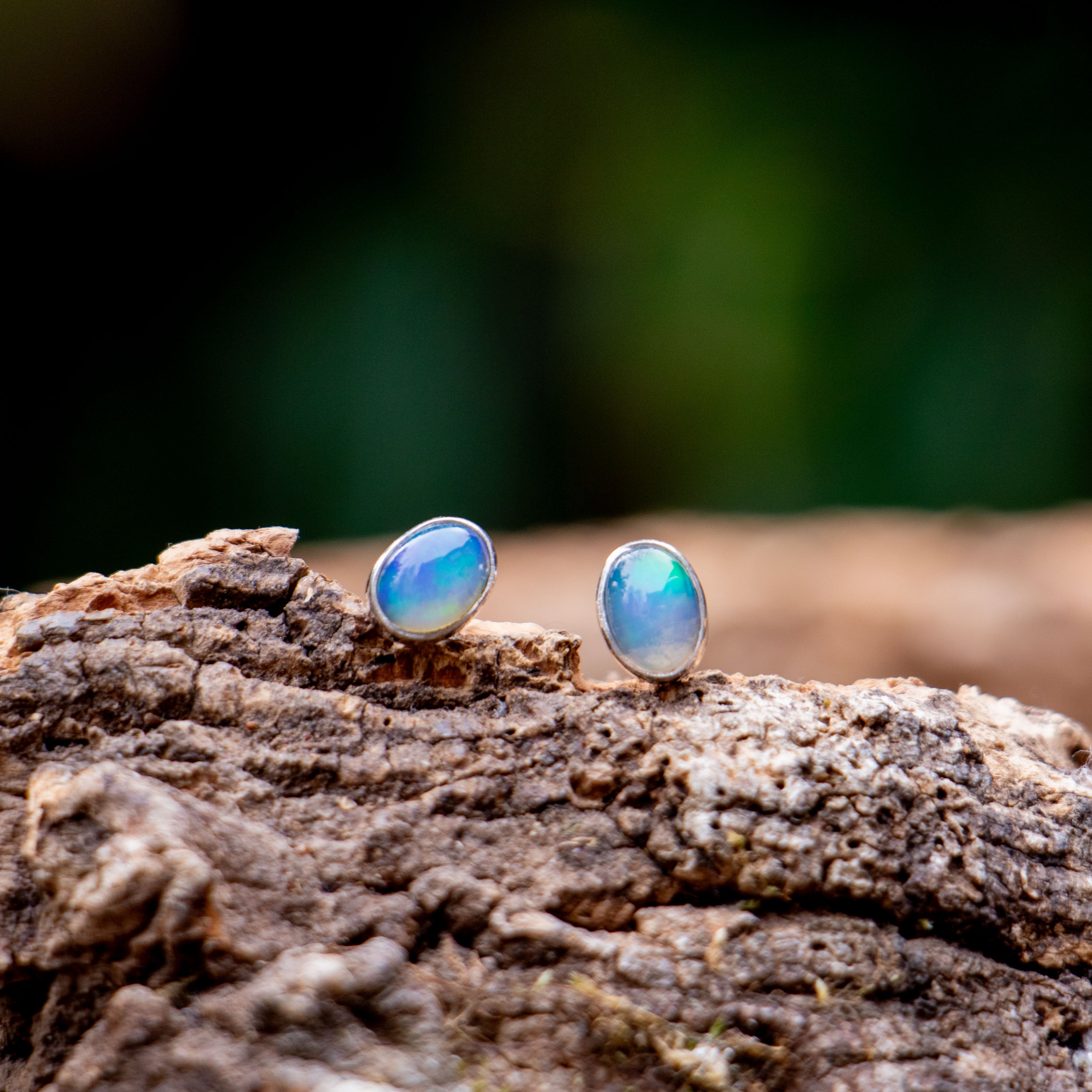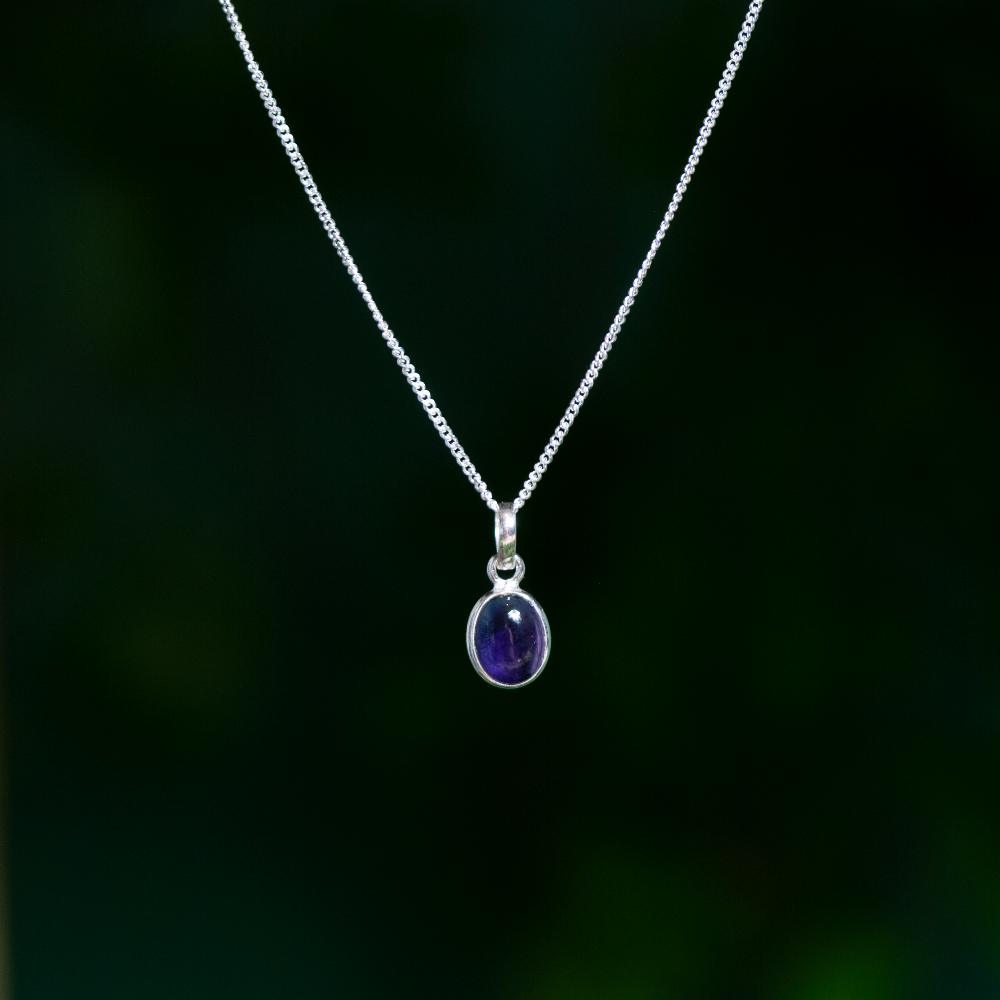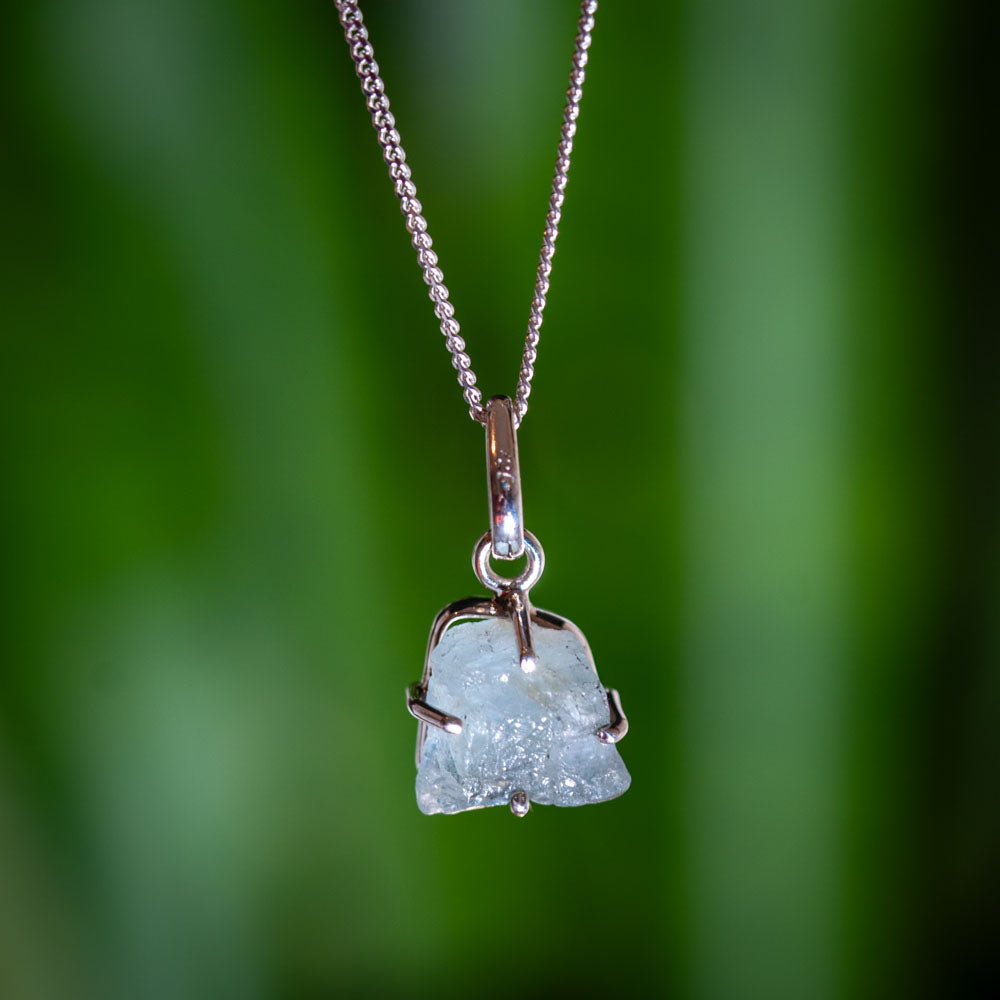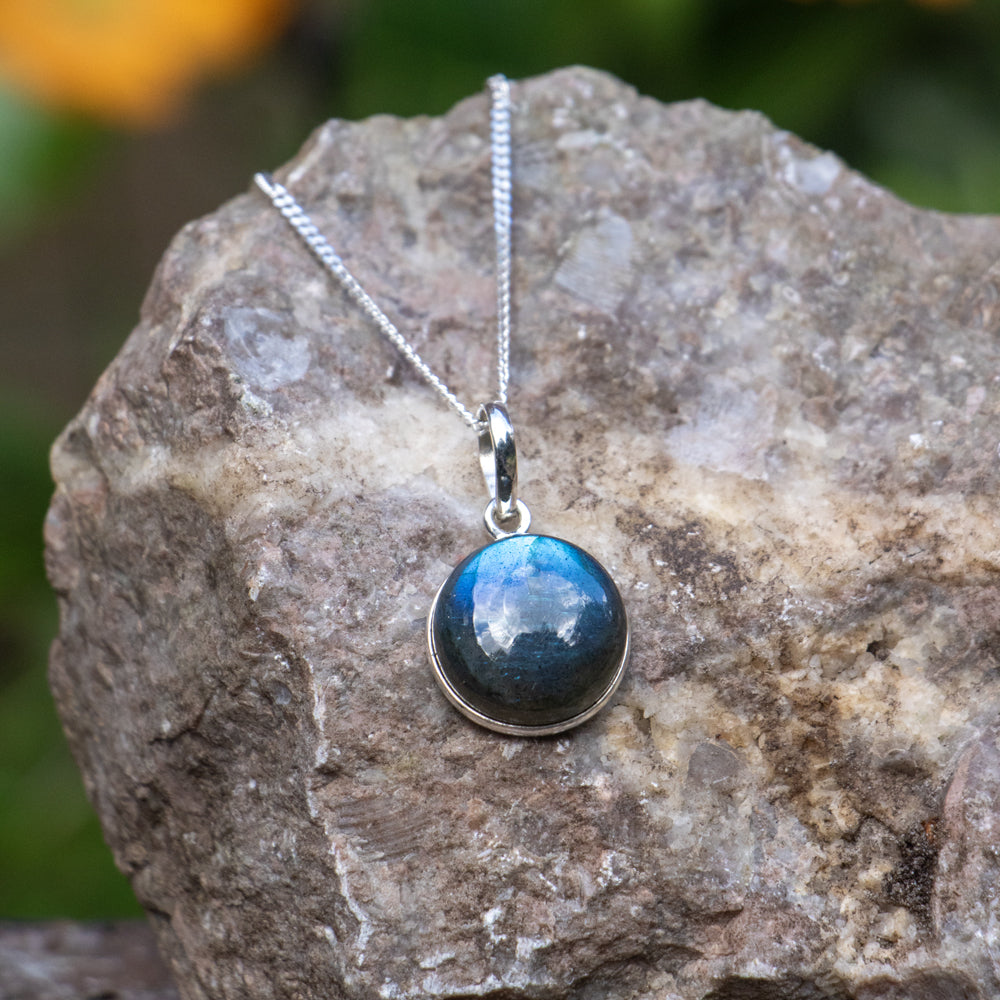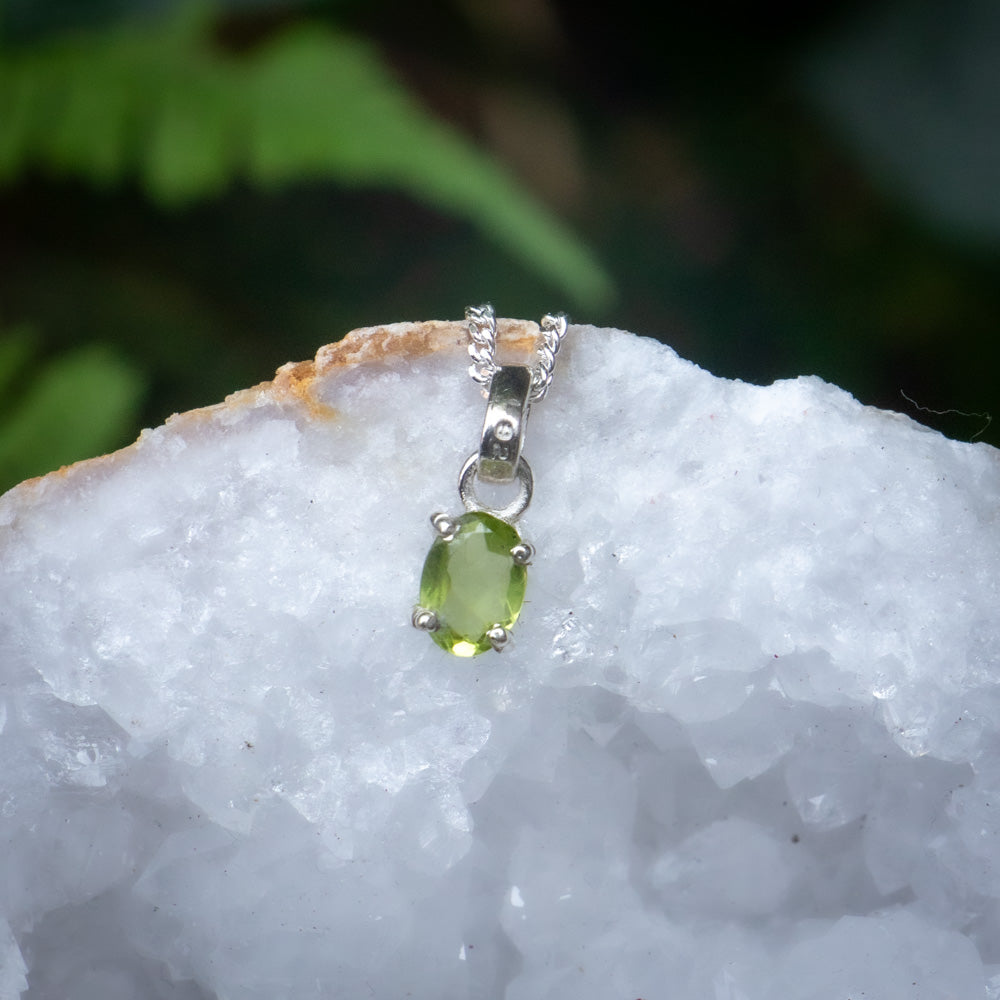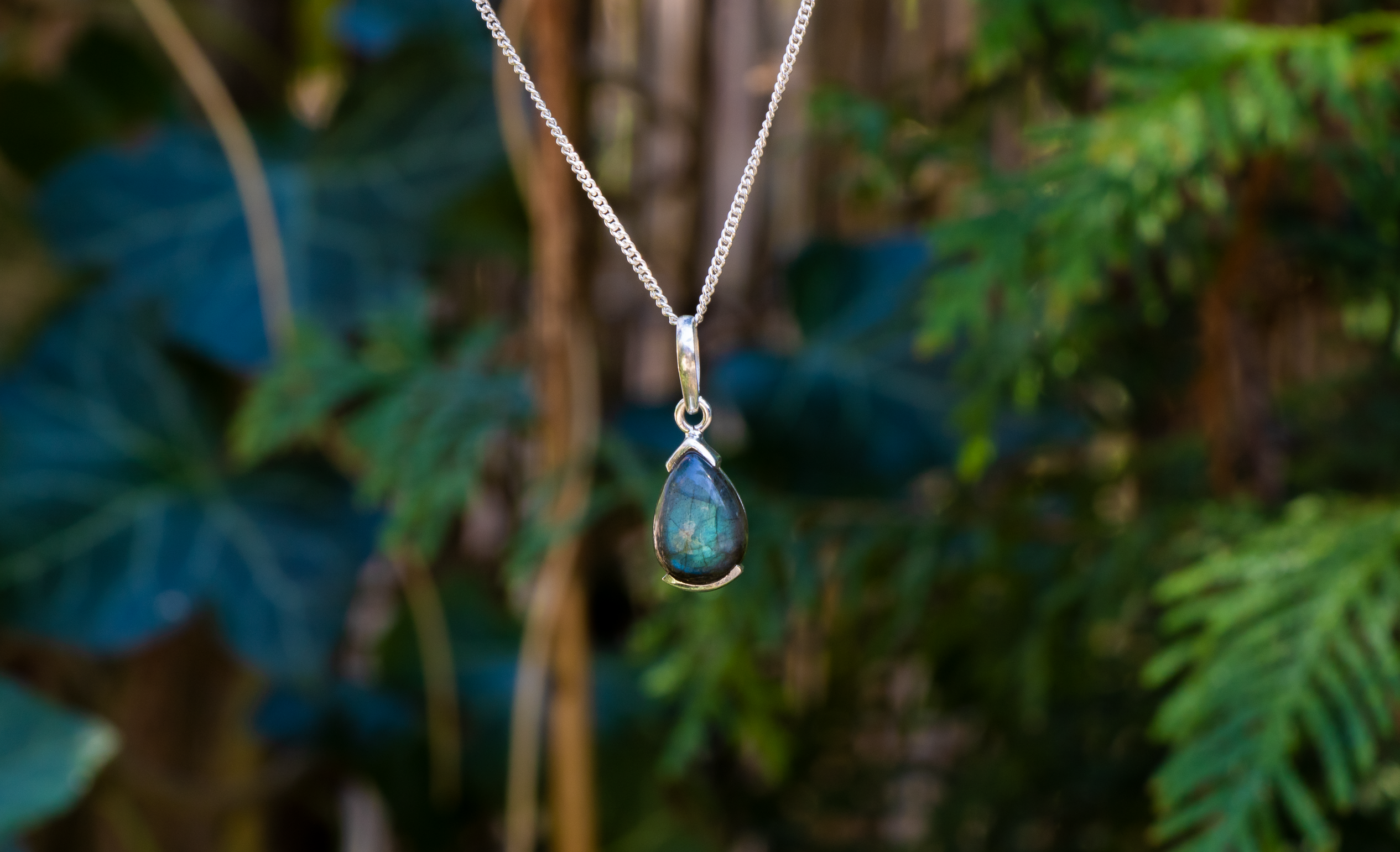
The Hardness Scale in the World of Gemstones
The Mohs scale of hardness
The Mohs scale of hardness was developed in 1812 by Friedrich Mohs, a German mineralogist. The scale ranges from 1 to 10 and classifies minerals based on their relative hardness to each other. Each mineral on the scale can scratch a lower numbered mineral, while being scratched by a higher numbered mineral. The scale looks like this:- Talc: Talc is the softest mineral on the scale. It is so soft that it can be easily scratched with a fingernail. However, it is rarely used in jewelry due to its low hardness and lack of durability.
- Plaster: Plaster is slightly harder than talc, but still remains quite soft. It can be scratched with a fingernail and is used primarily for decorative purposes and in construction.
- Calcite: Calcite is harder than talc and gypsum, but it is still relatively soft. It can be scratched with a copper coin and is often used in the manufacture of jewelry and decorative objects.
- Fluorite: Fluorite is a mineral of moderate hardness. It can be scratched with a knife and is prized for its colorful appearance.
- Apatite: Apatite is a mineral with a hardness comparable to that of tooth enamel. It can be scratched with a steel knife. Apatite comes in various colors and is used as a gemstone.
- Feldspar: Feldspar is of medium hardness and can be scratched with a stainless steel knife. It is an important mineral in rocks and is used as a gemstone, such as moonstone and sunstone.
Examples of gemstones on the Mohs scale
- Quartz: Quartz is one of the most common minerals and has a hardness of 7 on the scale. It can only be scratched by harder materials such as topaz, sapphire and diamond. Examples of quartz varieties are amethyst, citrine, rose quartz and smoky quartz.
- Topaz: Topaz has a hardness of 8 and is one of the harder gemstones. It can be scratched by sapphire, ruby and diamond. Topaz comes in a variety of colors including blue, yellow, pink and brown.
- Sapphire and Ruby: Sapphire and ruby both have a hardness of 9 on the scale. They are among the hardest gemstones after diamond. These gemstones are valued for their beautiful colors and durability.
- Diamond: Diamond is the hardest mineral on the Mohs scale, scoring a perfect 10. It is significantly harder than any other mineral and can only be scratched by other diamonds. Diamonds are known for their brilliance, durability, and value.
The Hardness Scale in the World of Gemstones
The Hardness Scale, also known as the Mohs Scale of Hardness, is an important tool in assessing the durability and resistance of gemstones. It classifies minerals based on their ability to scratch other minerals. Understanding the hardness scale can help you make informed choices when selecting and wearing gemstones. Whether you prefer softer stones like calcite and fluorite or prefer harder stones like sapphire and diamond, knowing the hardness of gemstones can help preserve their beauty and quality over the long term.



